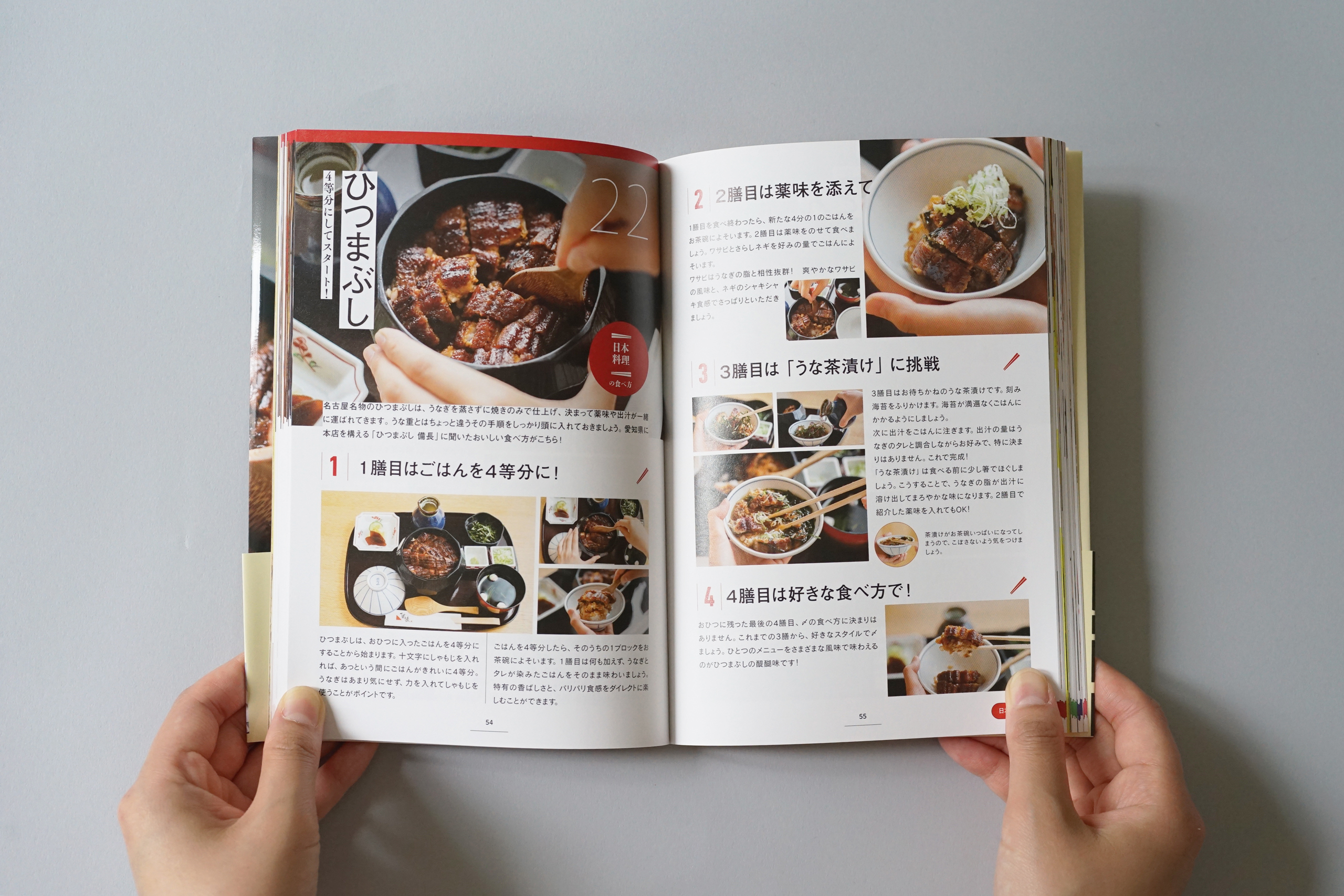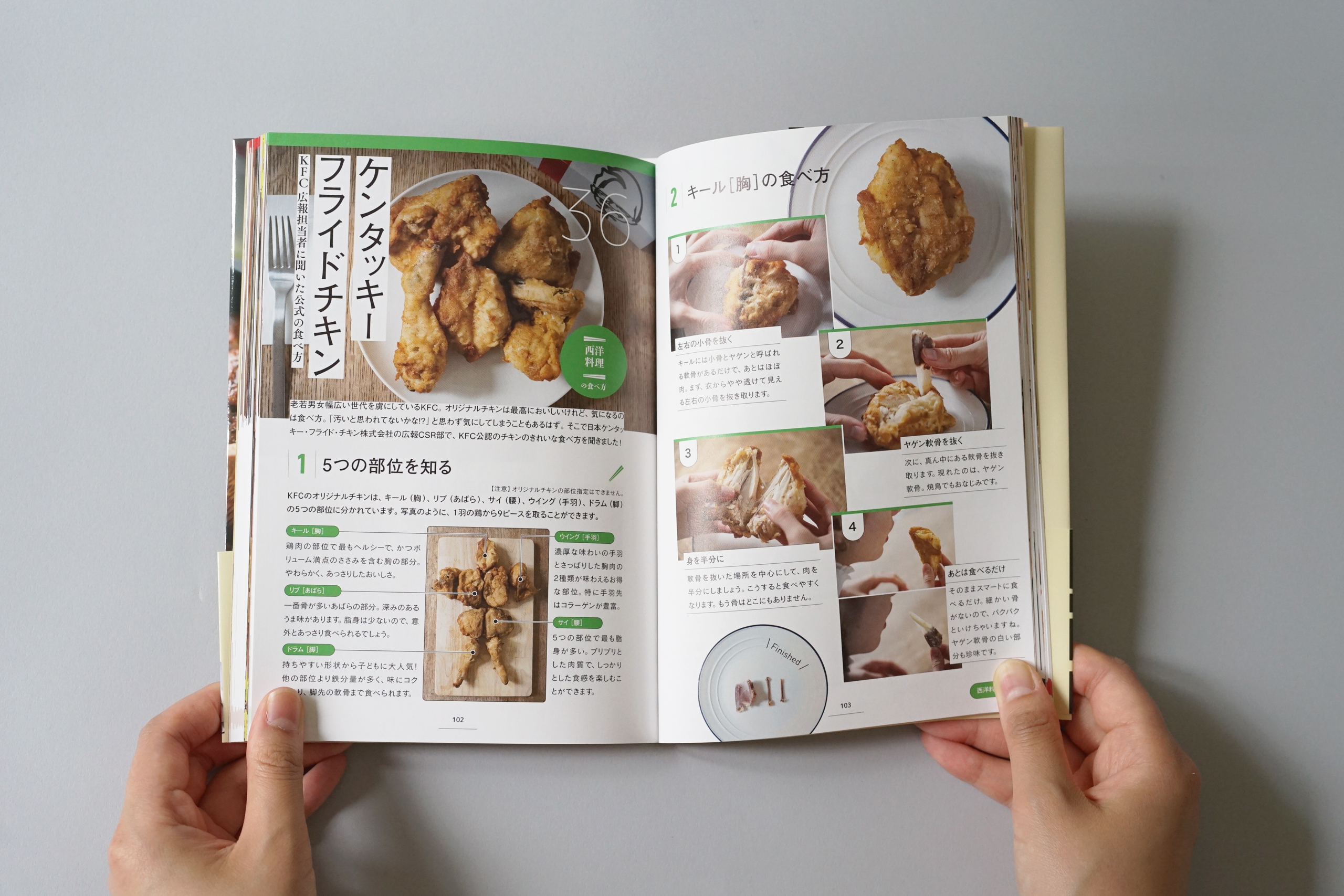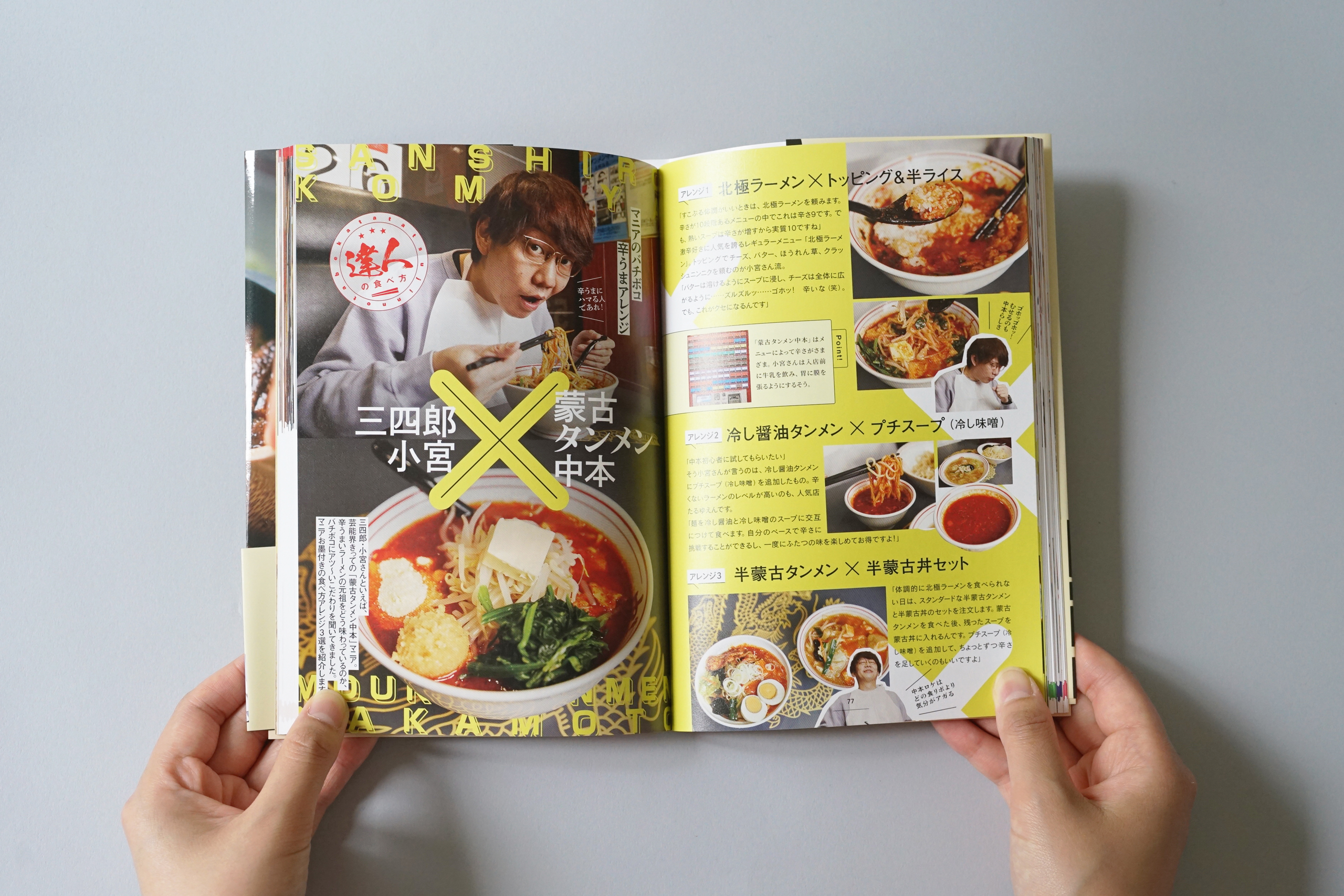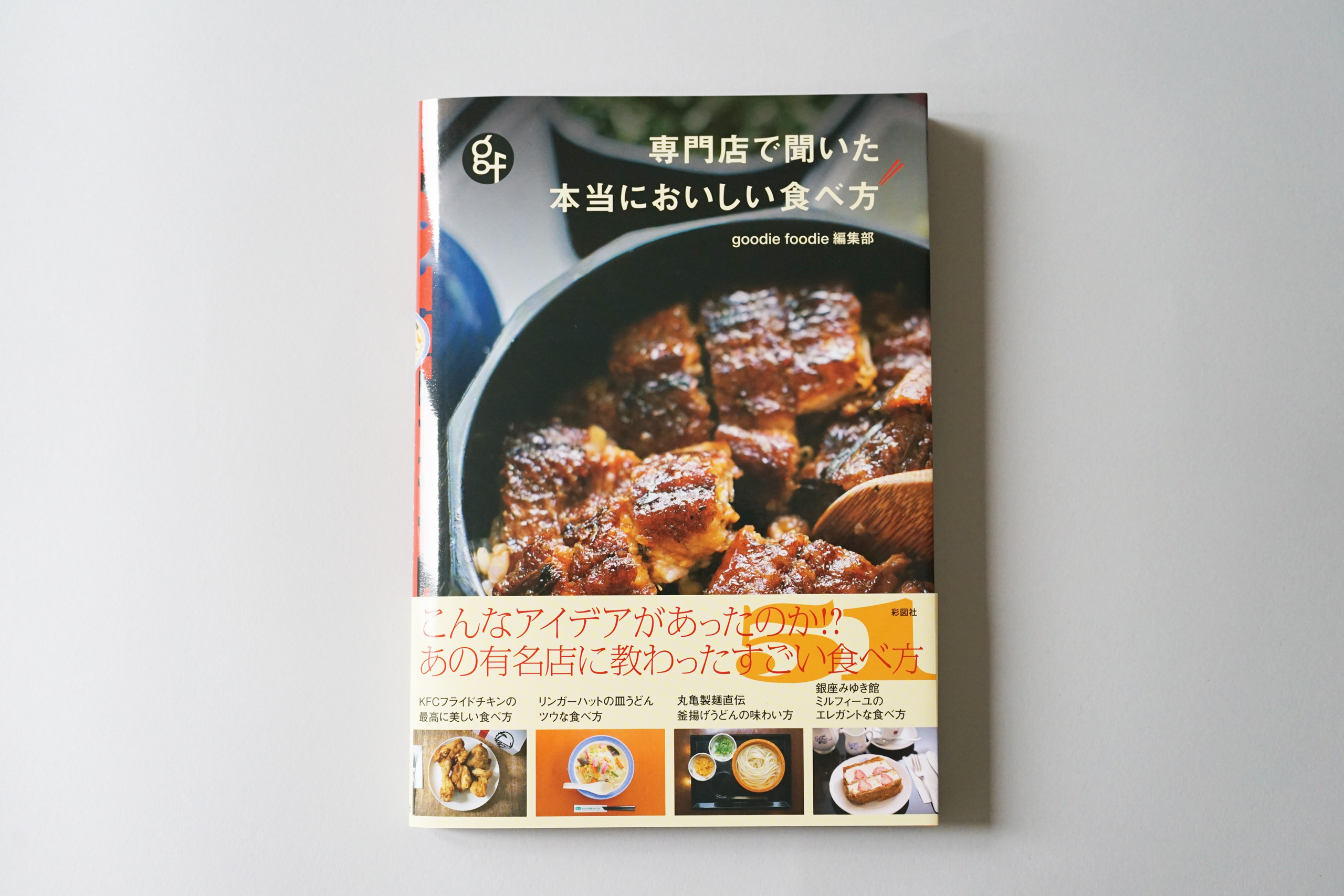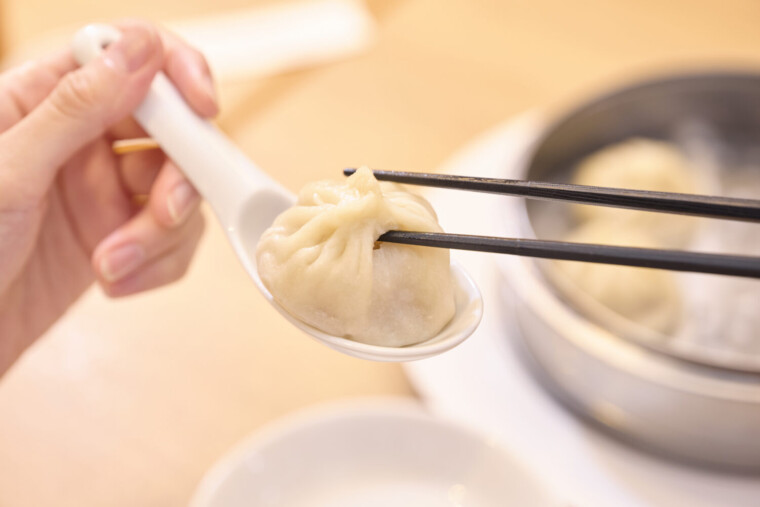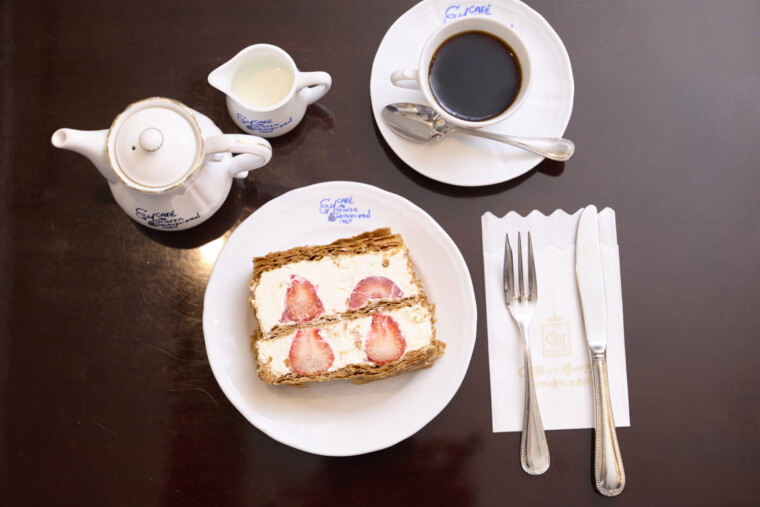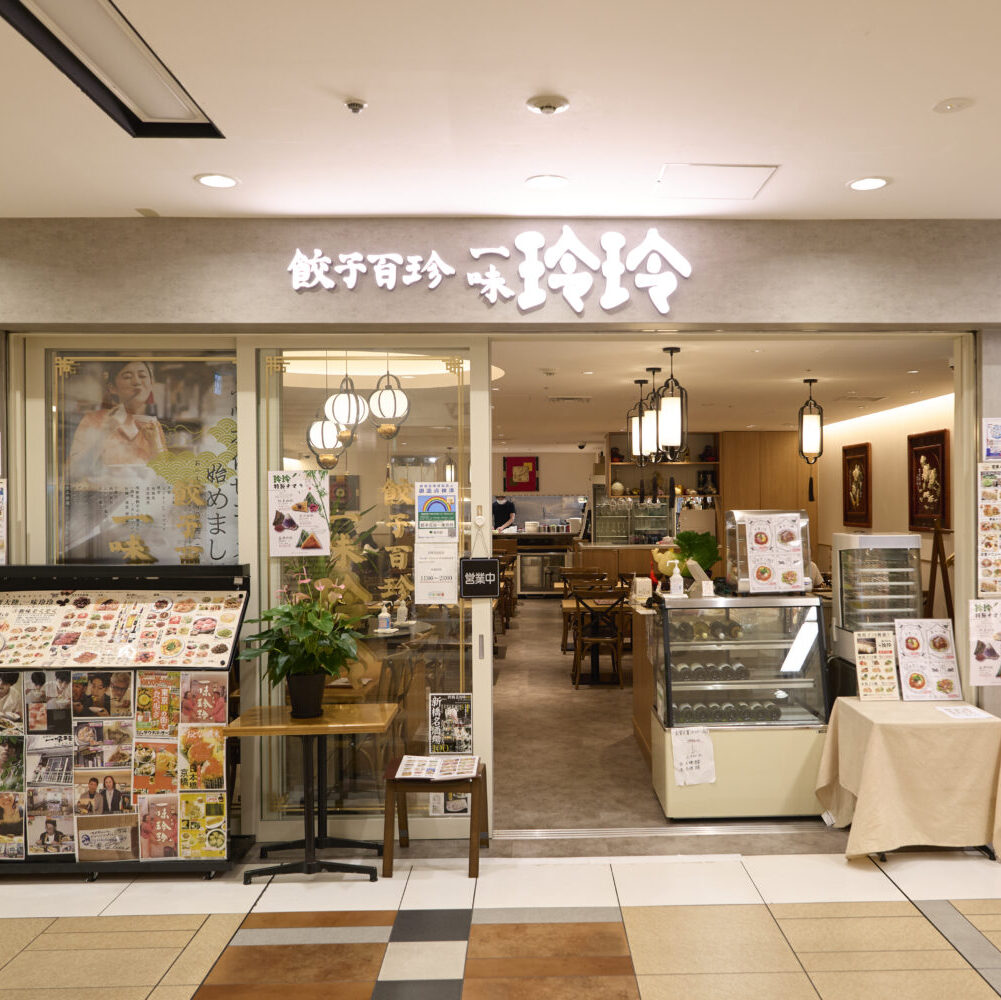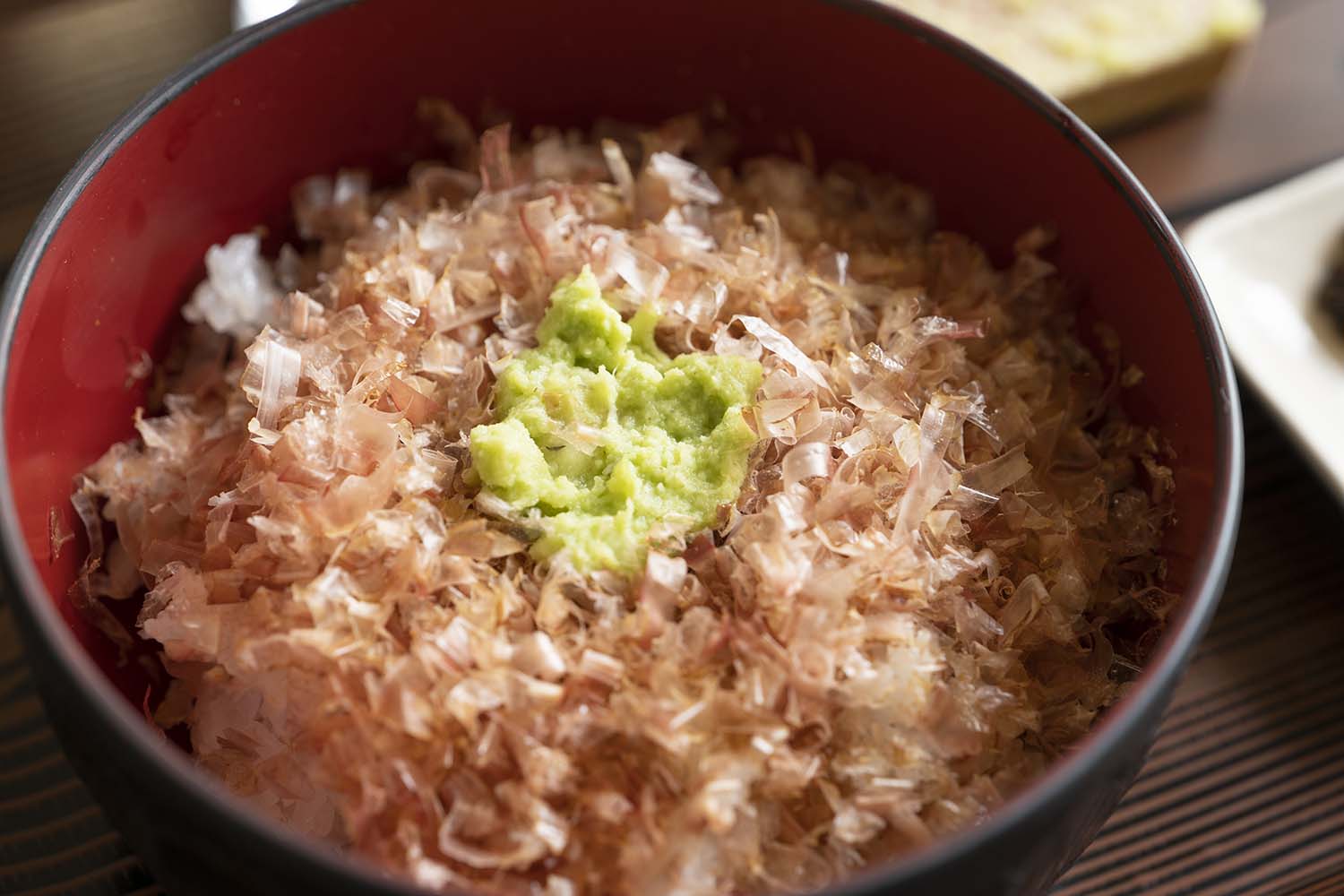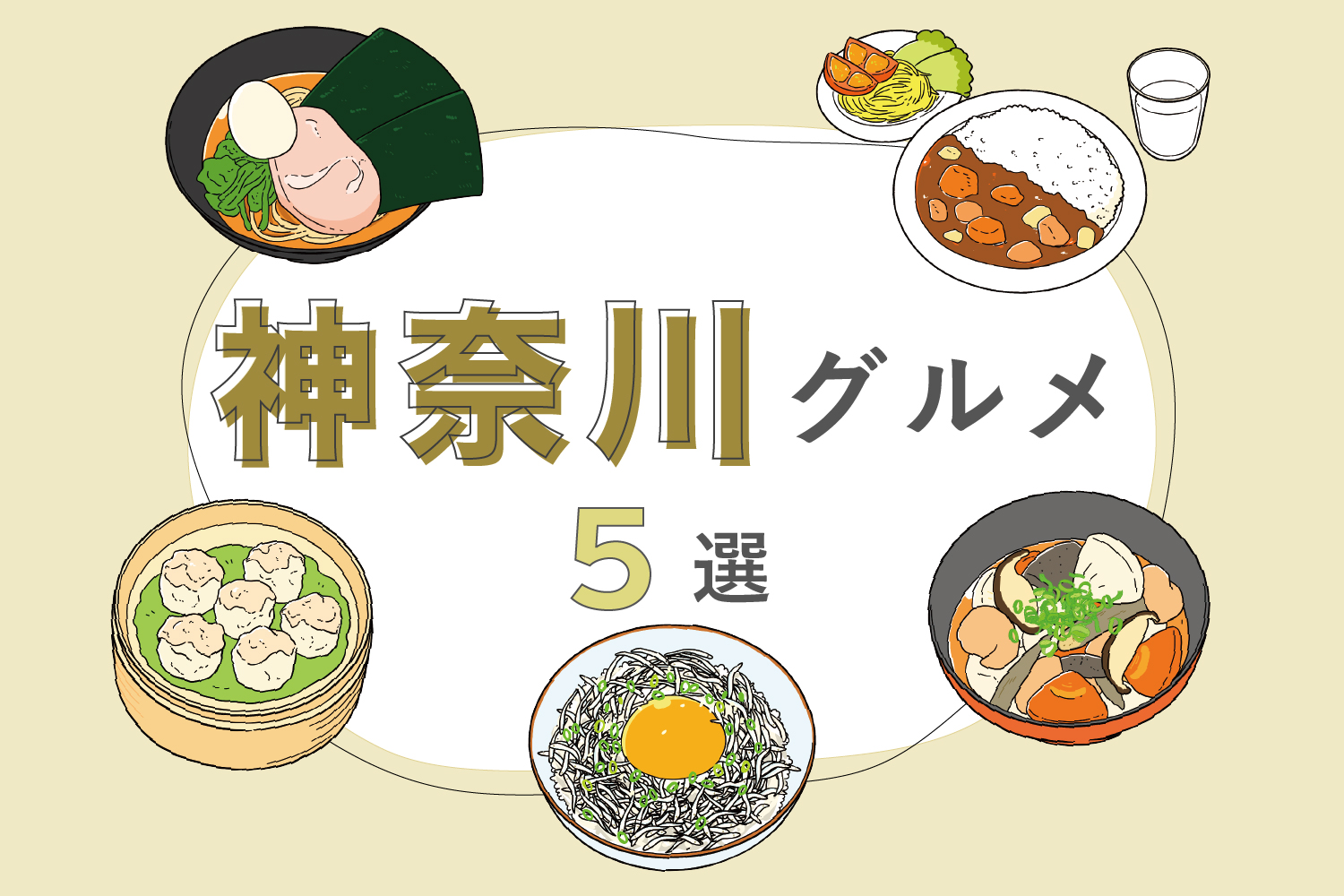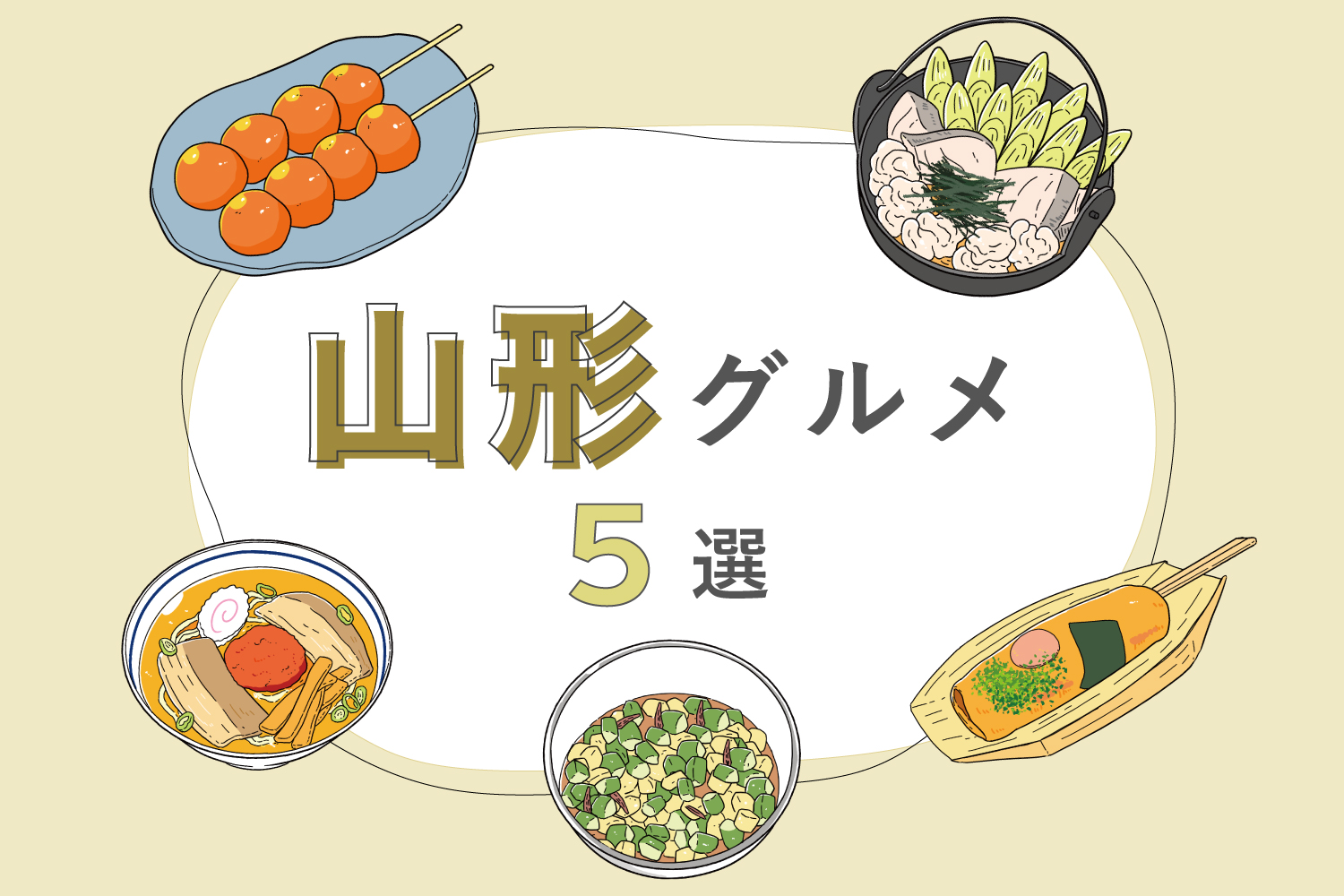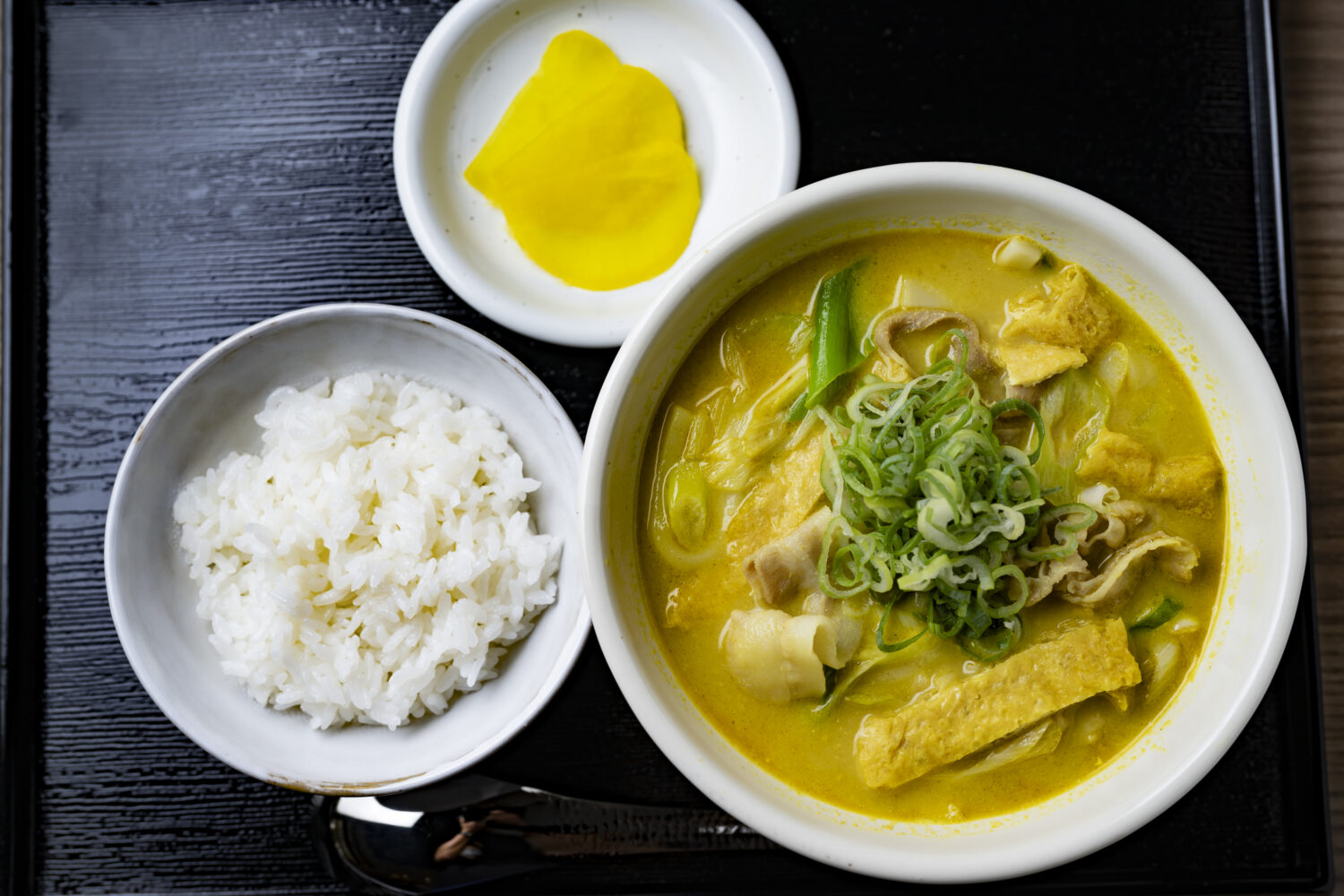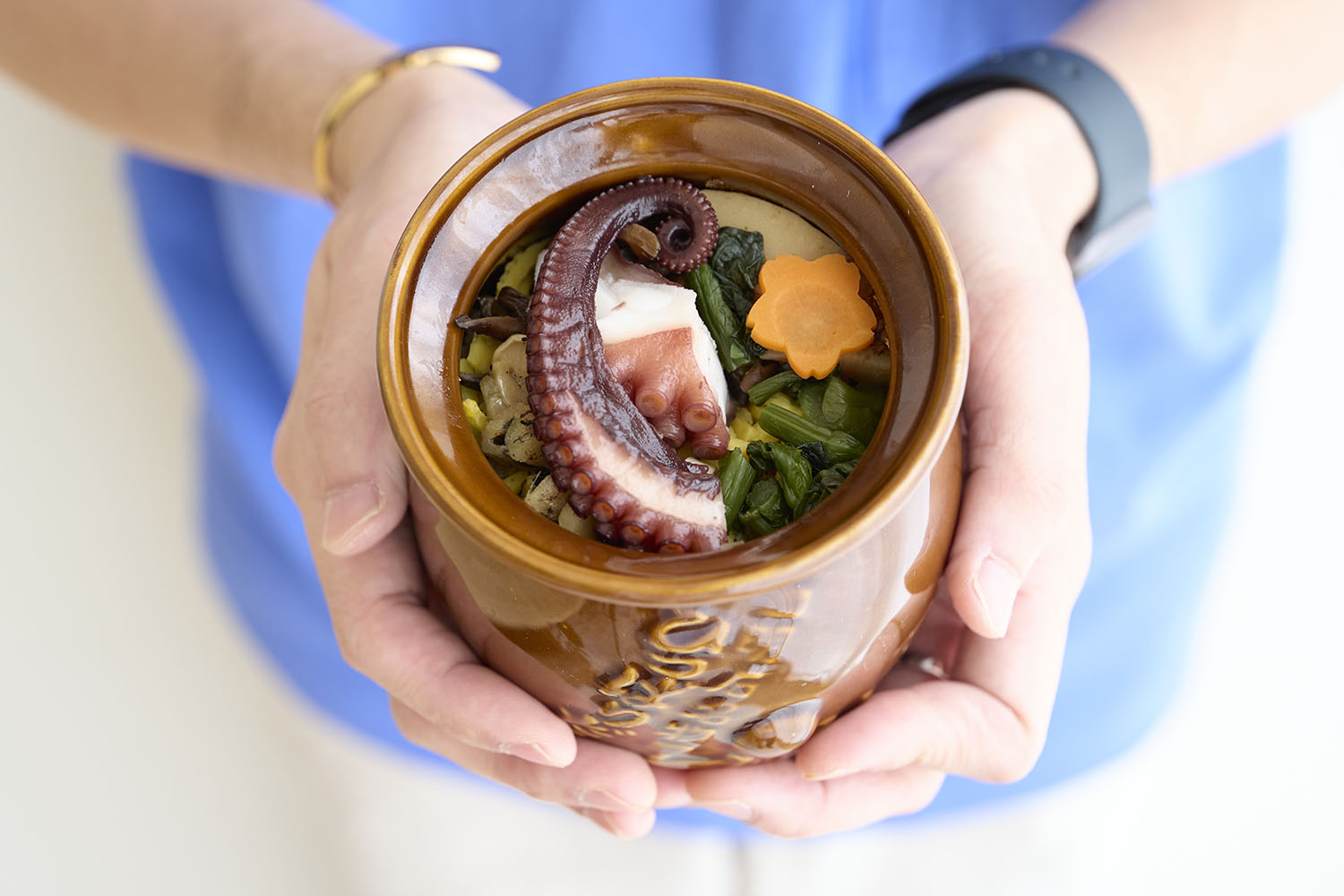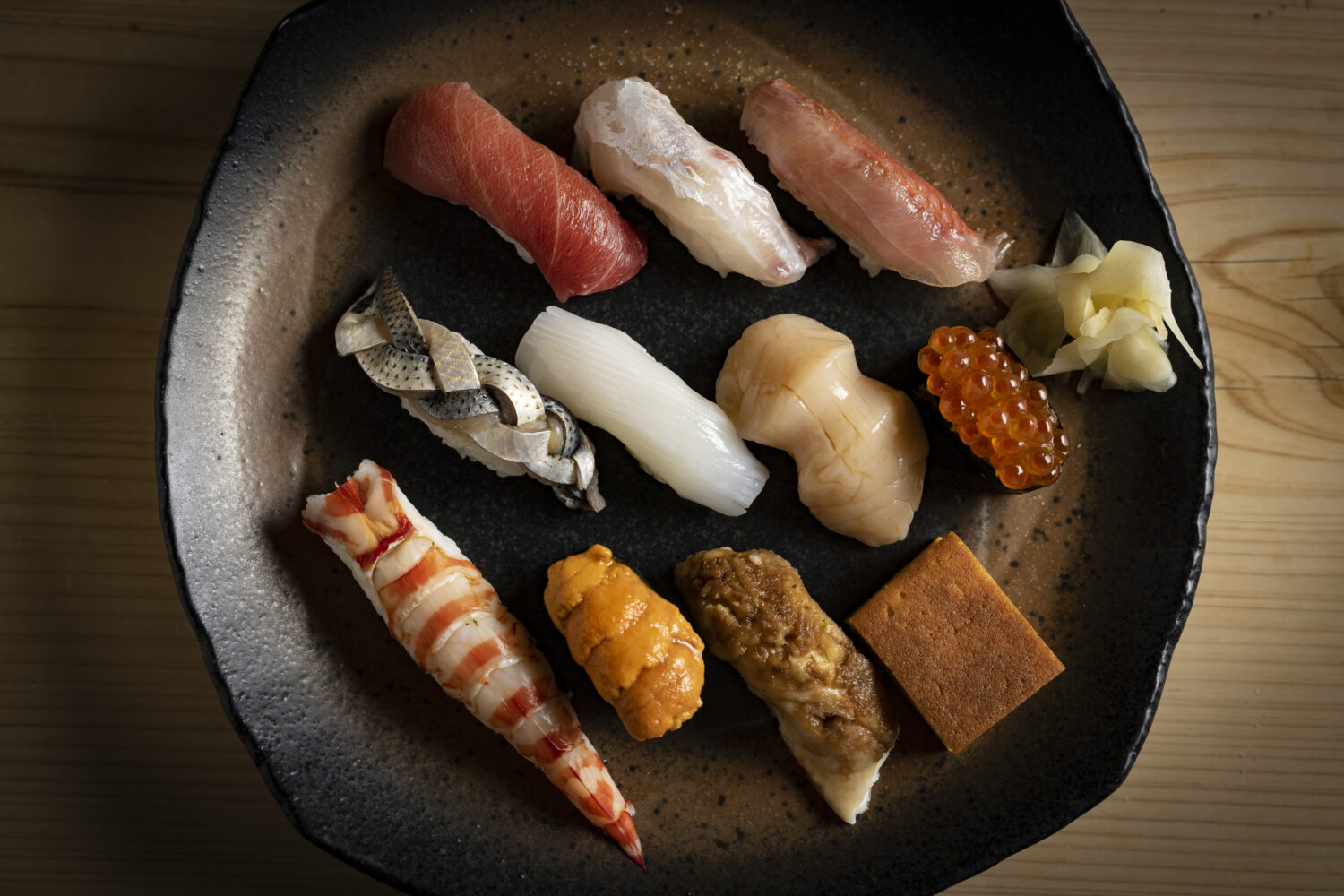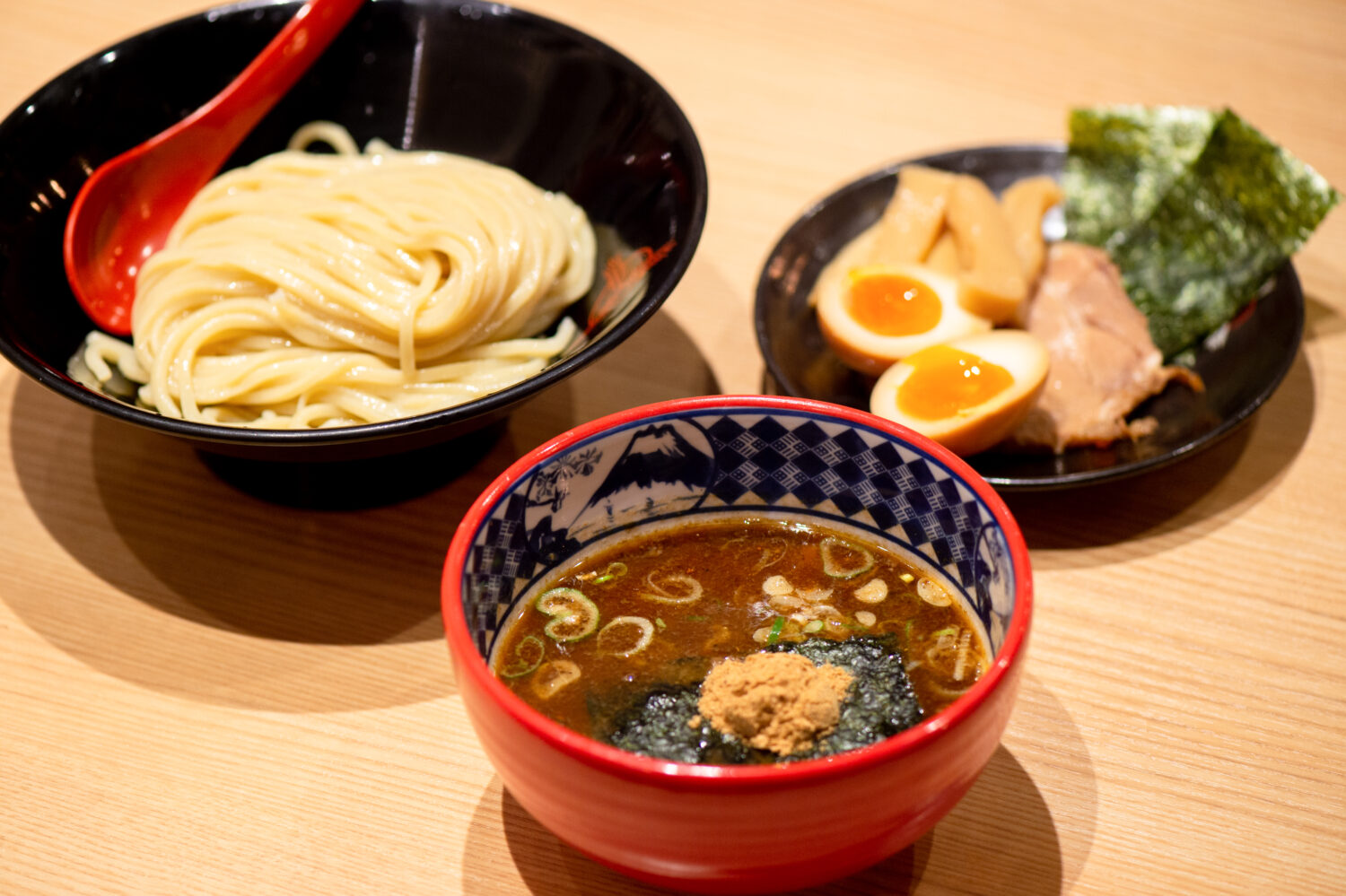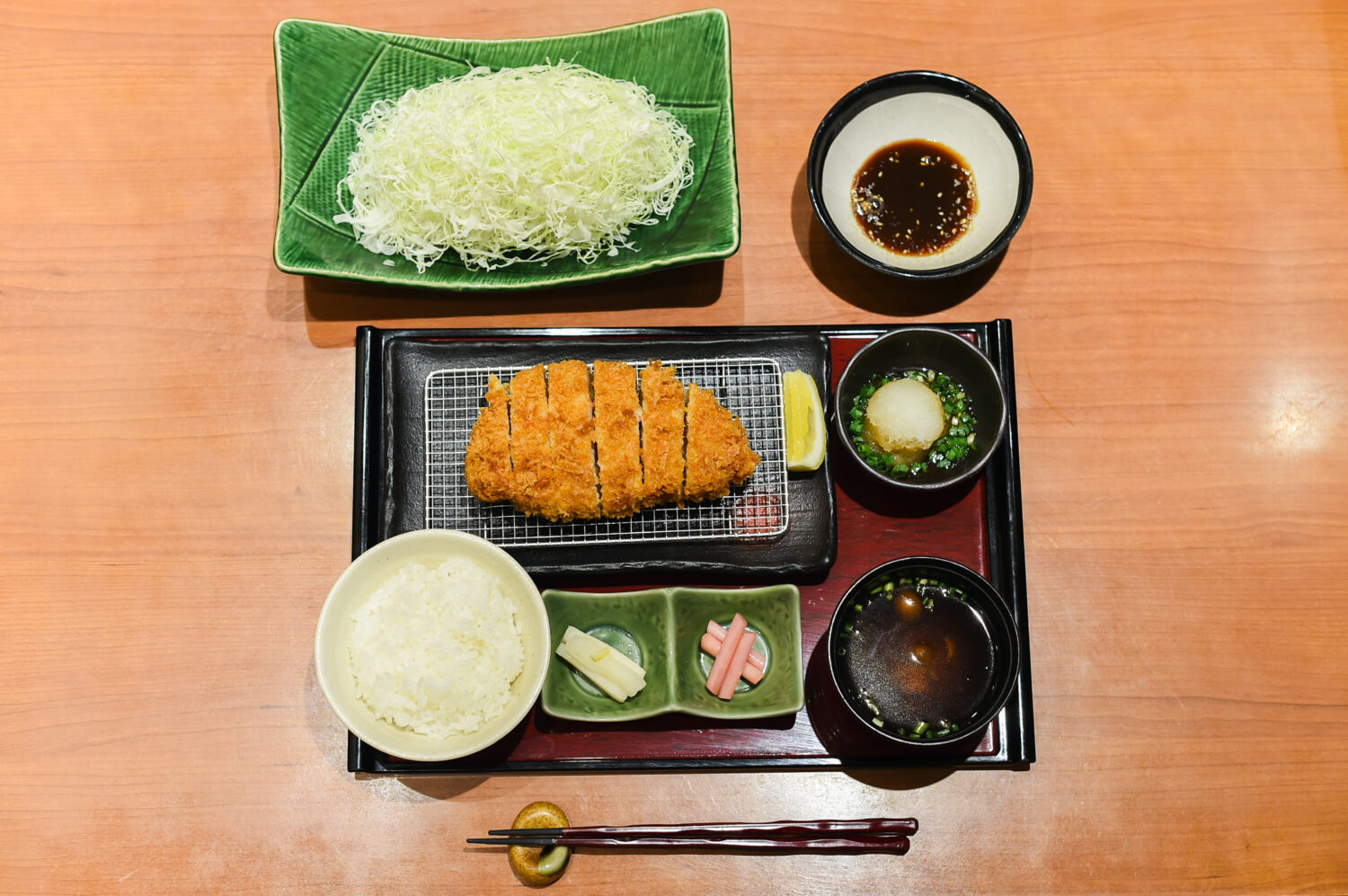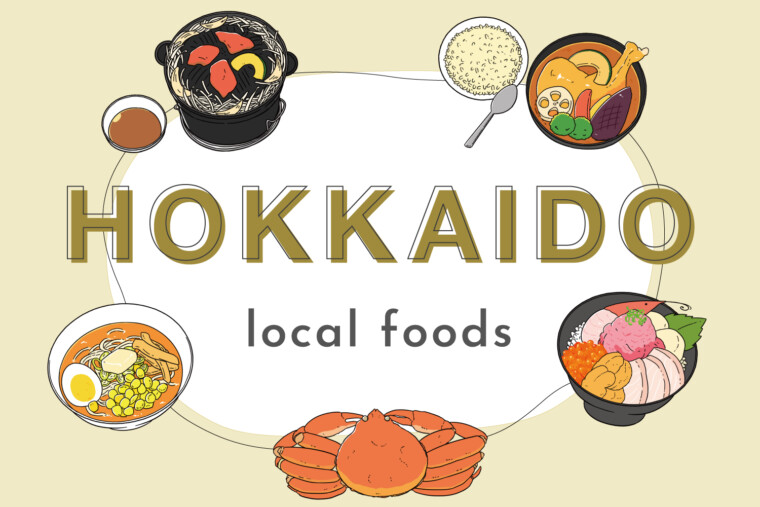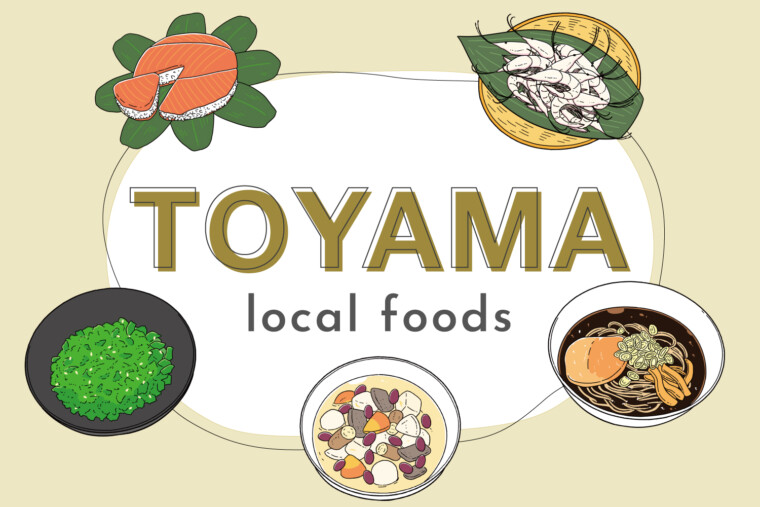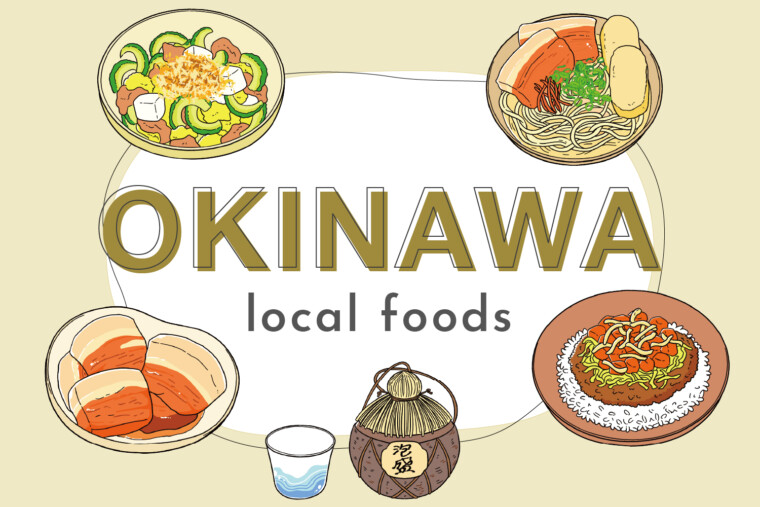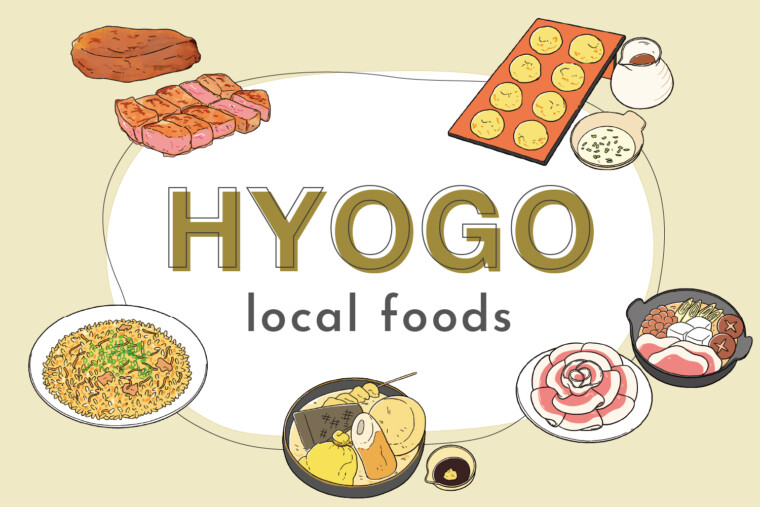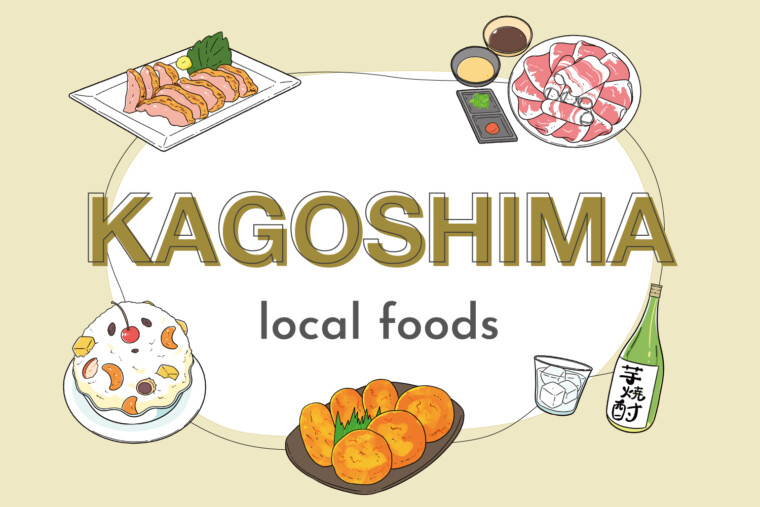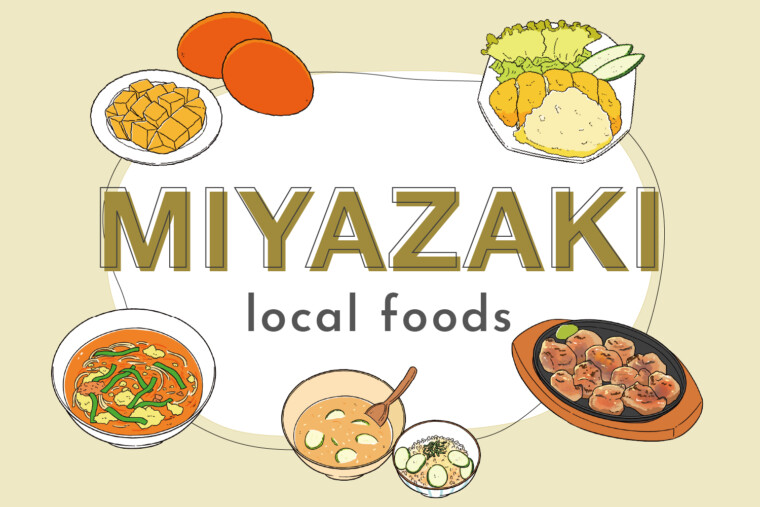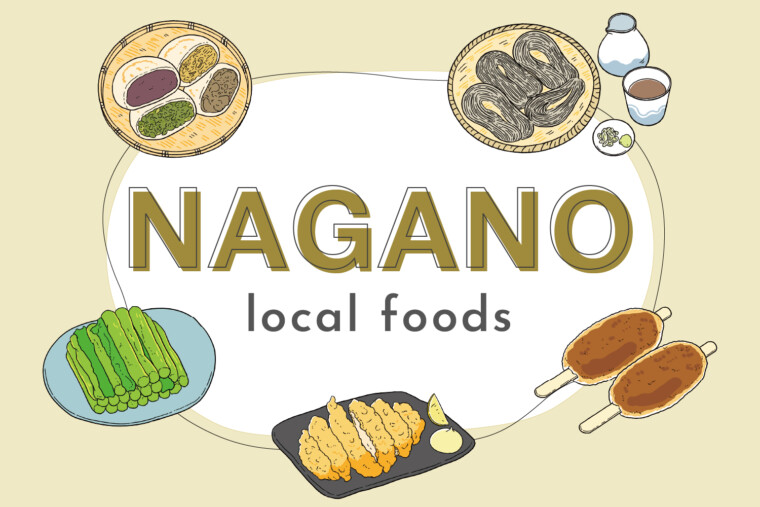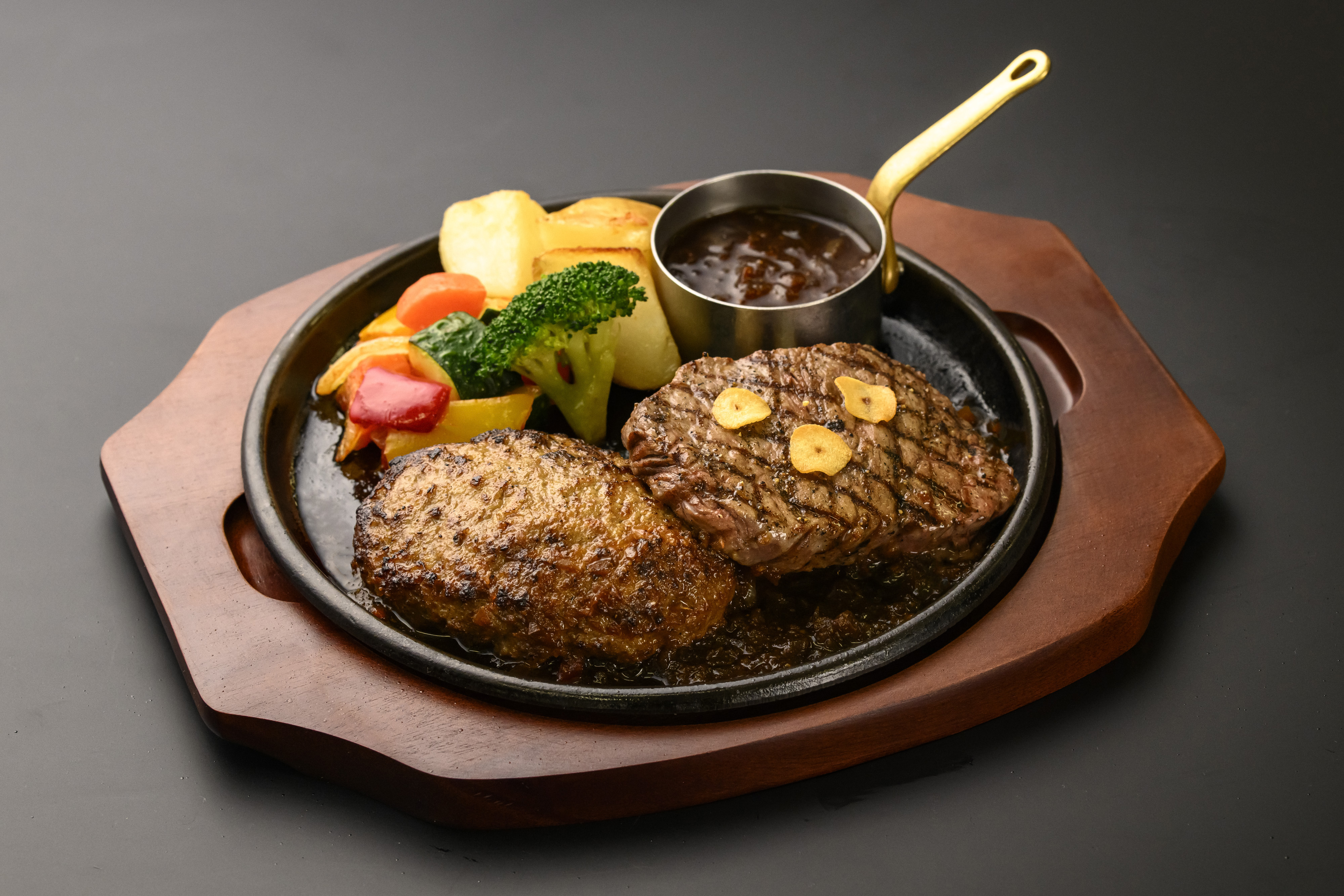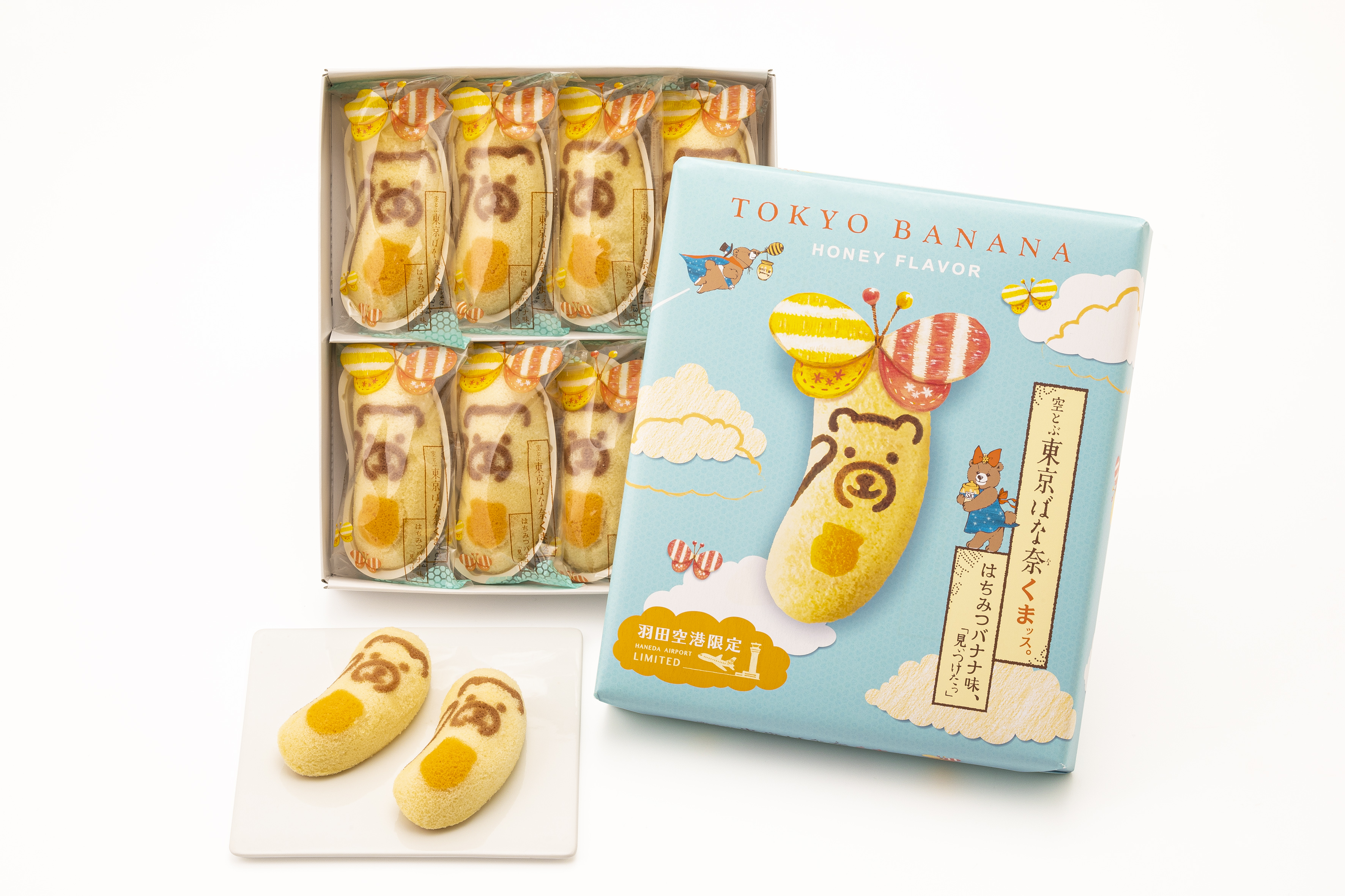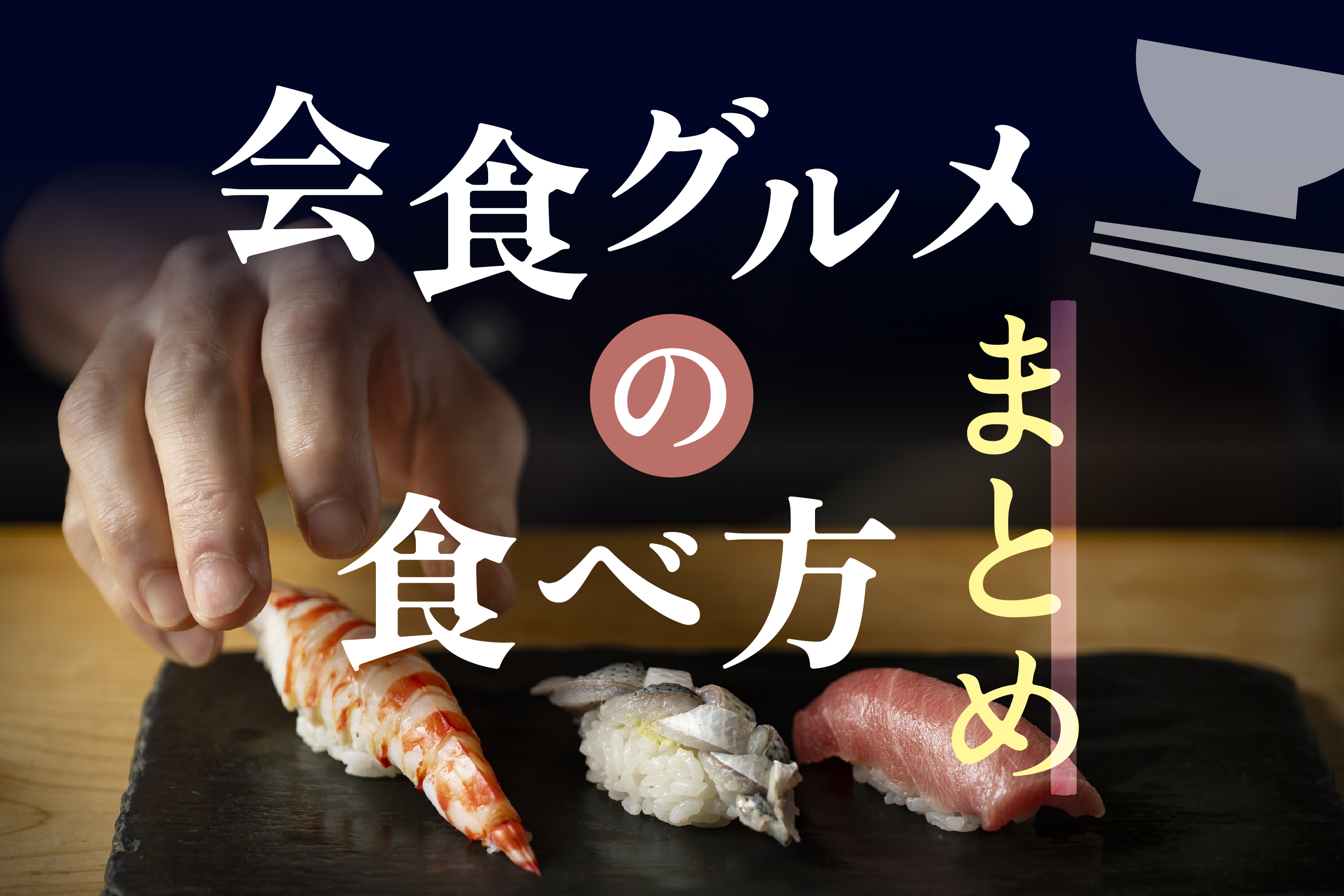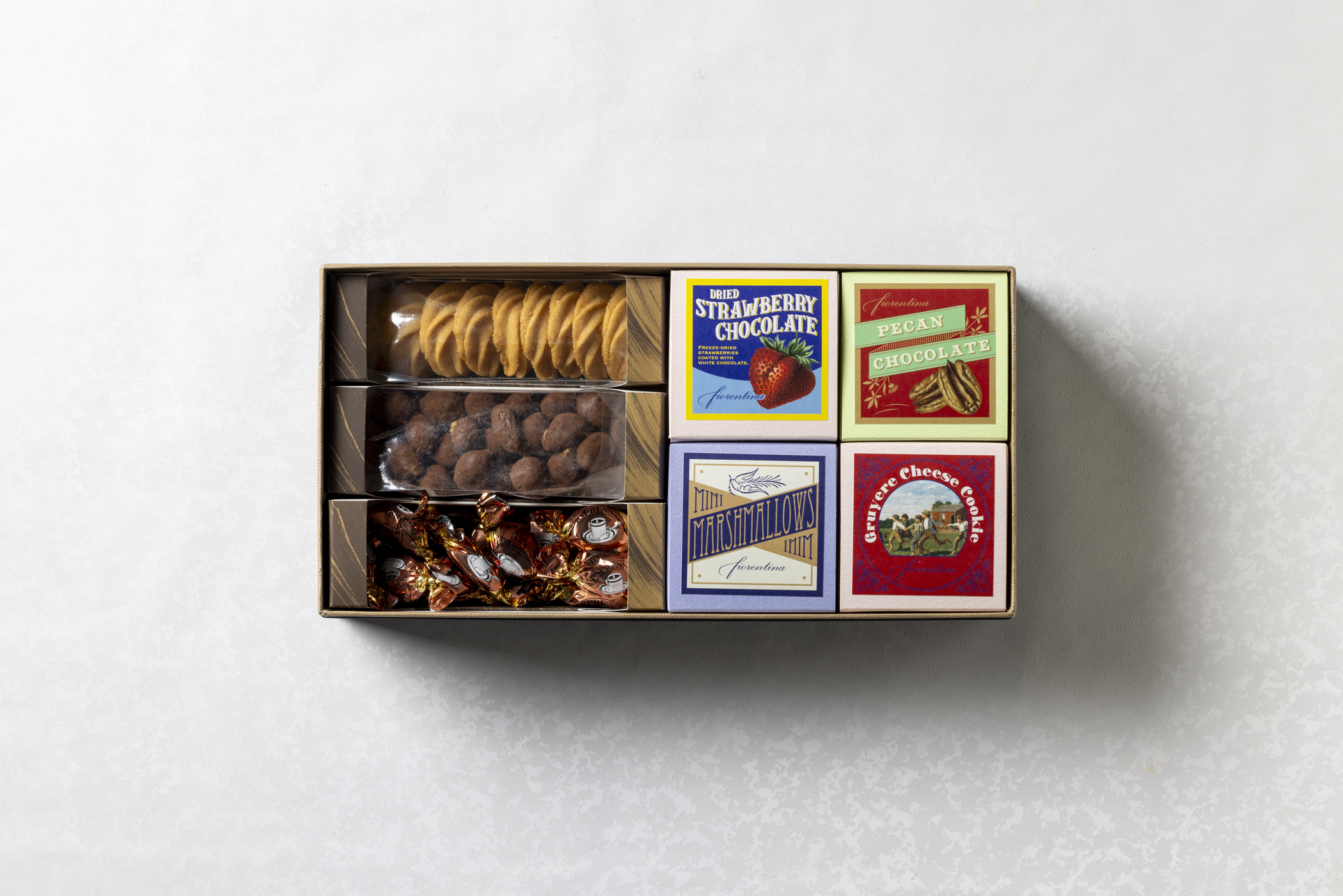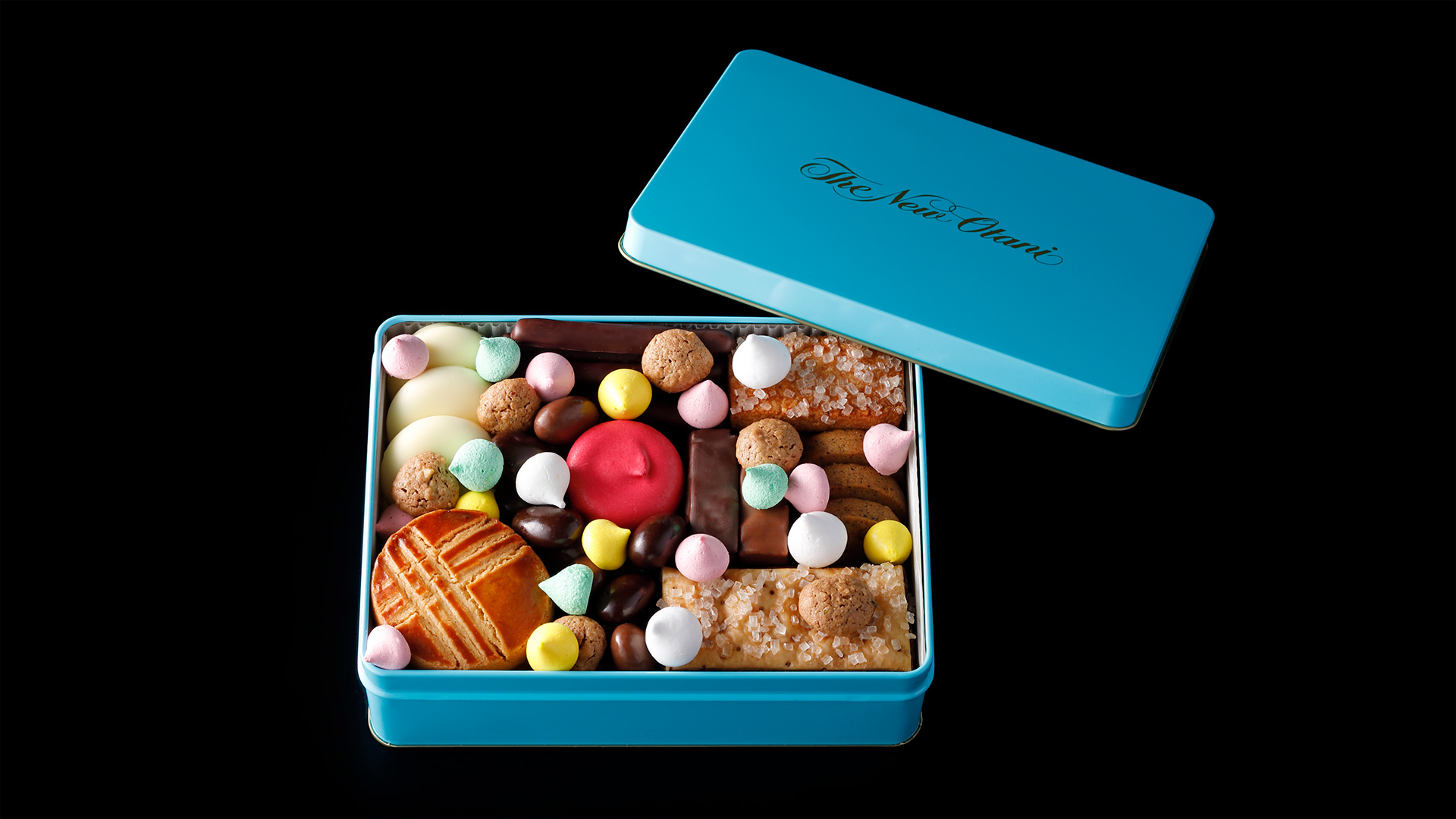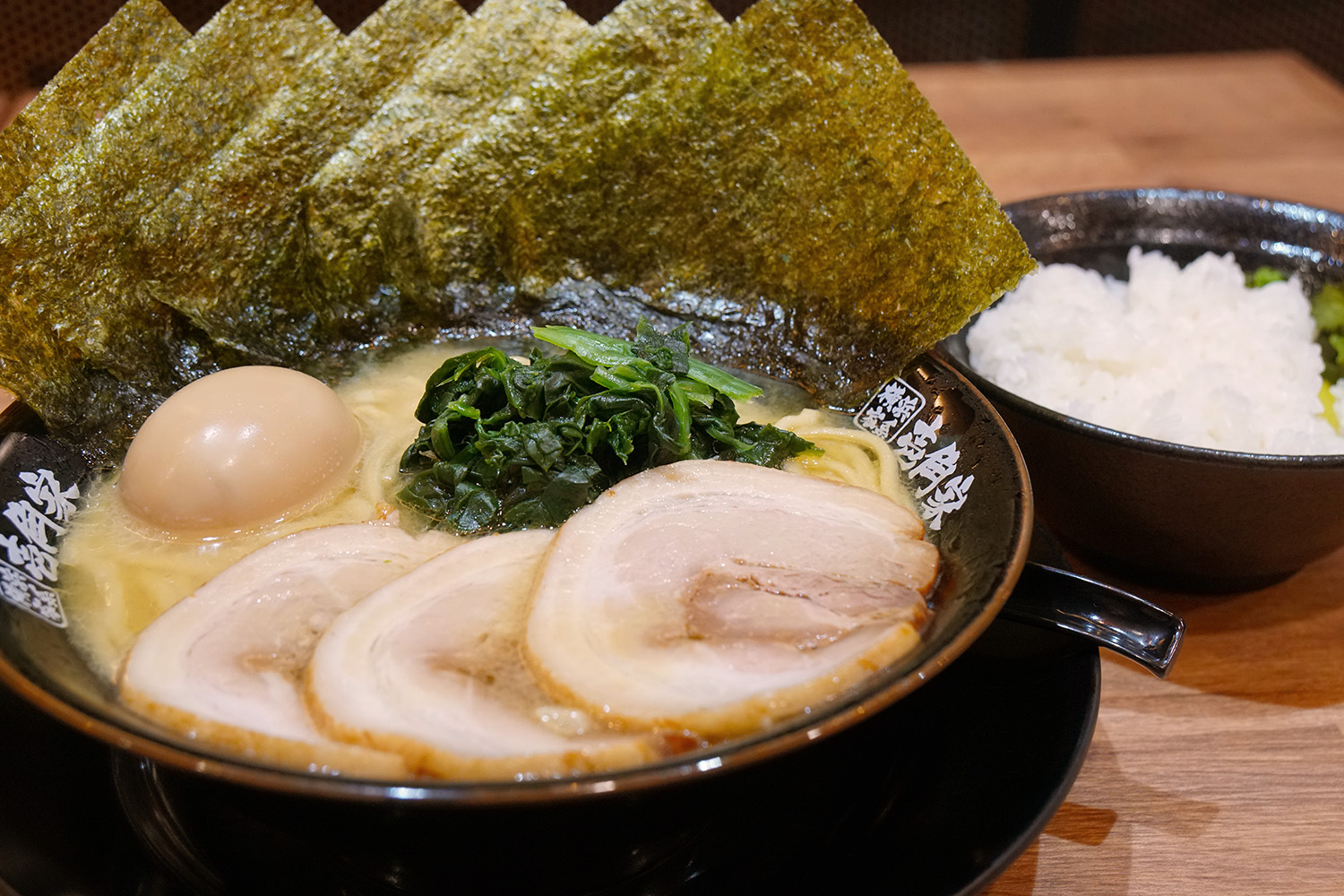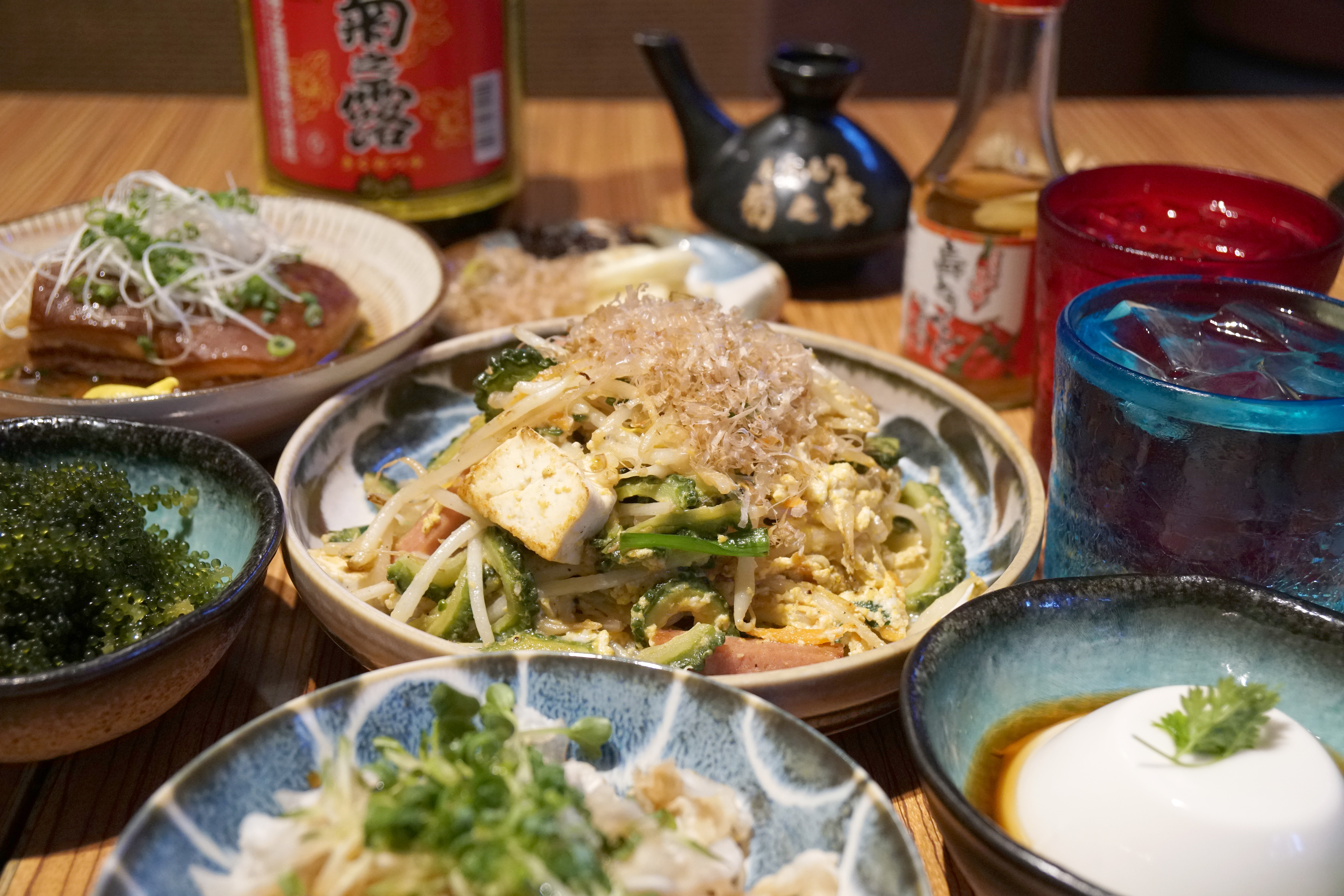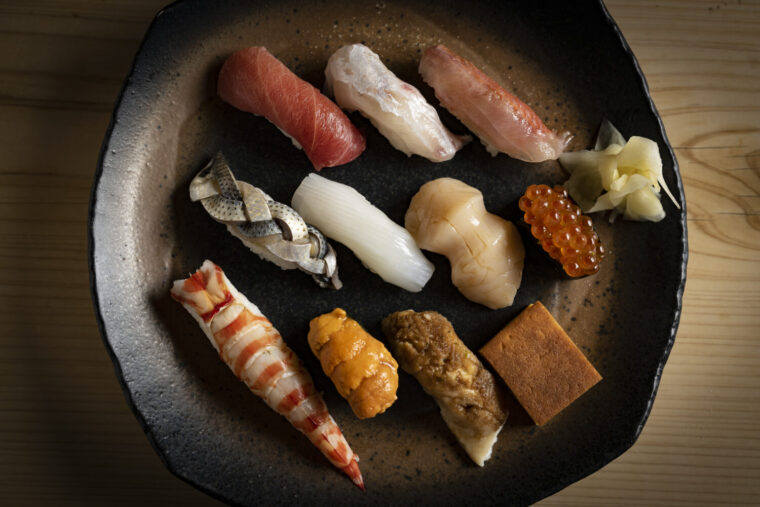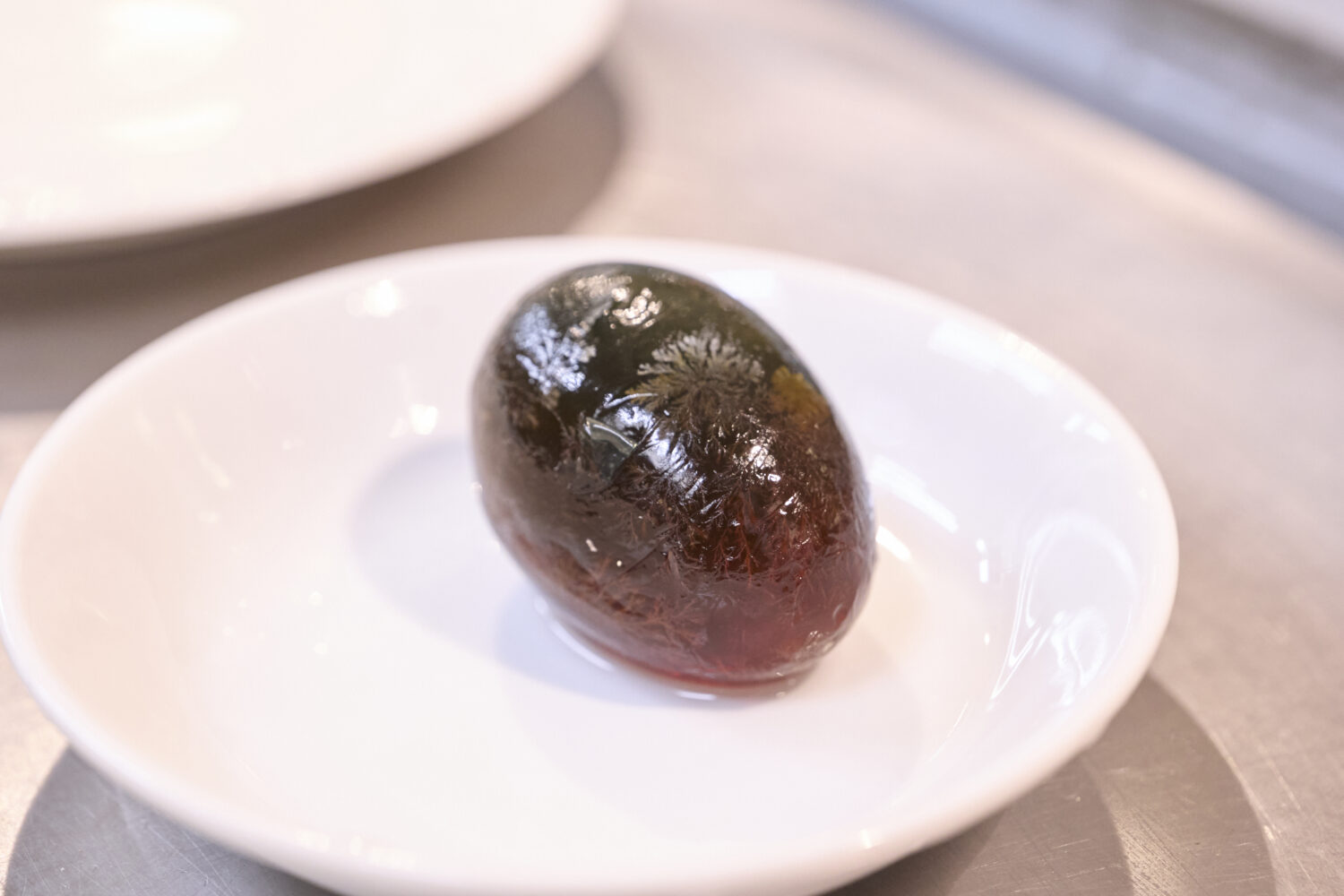
How to Peel and Enjoy Century Eggs Like a Pro
Century eggs, the black preserved delicacy originating from China, have a surprisingly accidental origin. It is said that during the early Ming Dynasty, a Chinese man happened to leave a duck egg buried in ash. When he found it later, it had undergone a transformation — and thus, the century egg was born.
With its translucent black exterior and grayish interior, the appearance of a century egg can seem a little mysterious, even intimidating. And when you buy them still covered in rice husks, many people have no idea how to prepare or eat them.
So for those who aren’t familiar, this article will walk you through how to properly enjoy a century egg!
share:
Table of Contents
Washing Off the Rice Husk
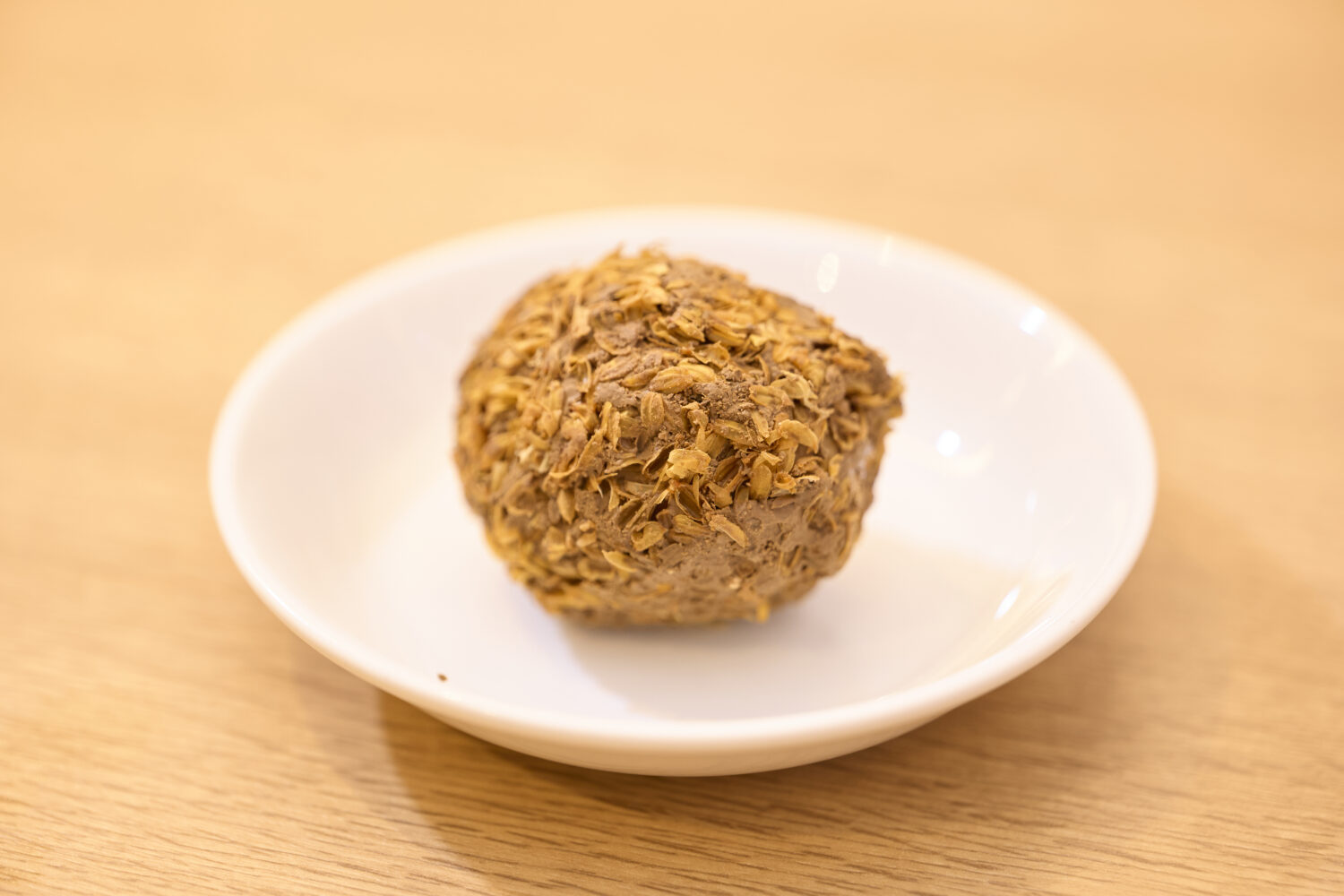
Century eggs are made by coating duck eggs with a clay mixture containing charcoal and then wrapping them in rice husks to age in a jar. This is what they look like before peeling—just like a bird’s nest!
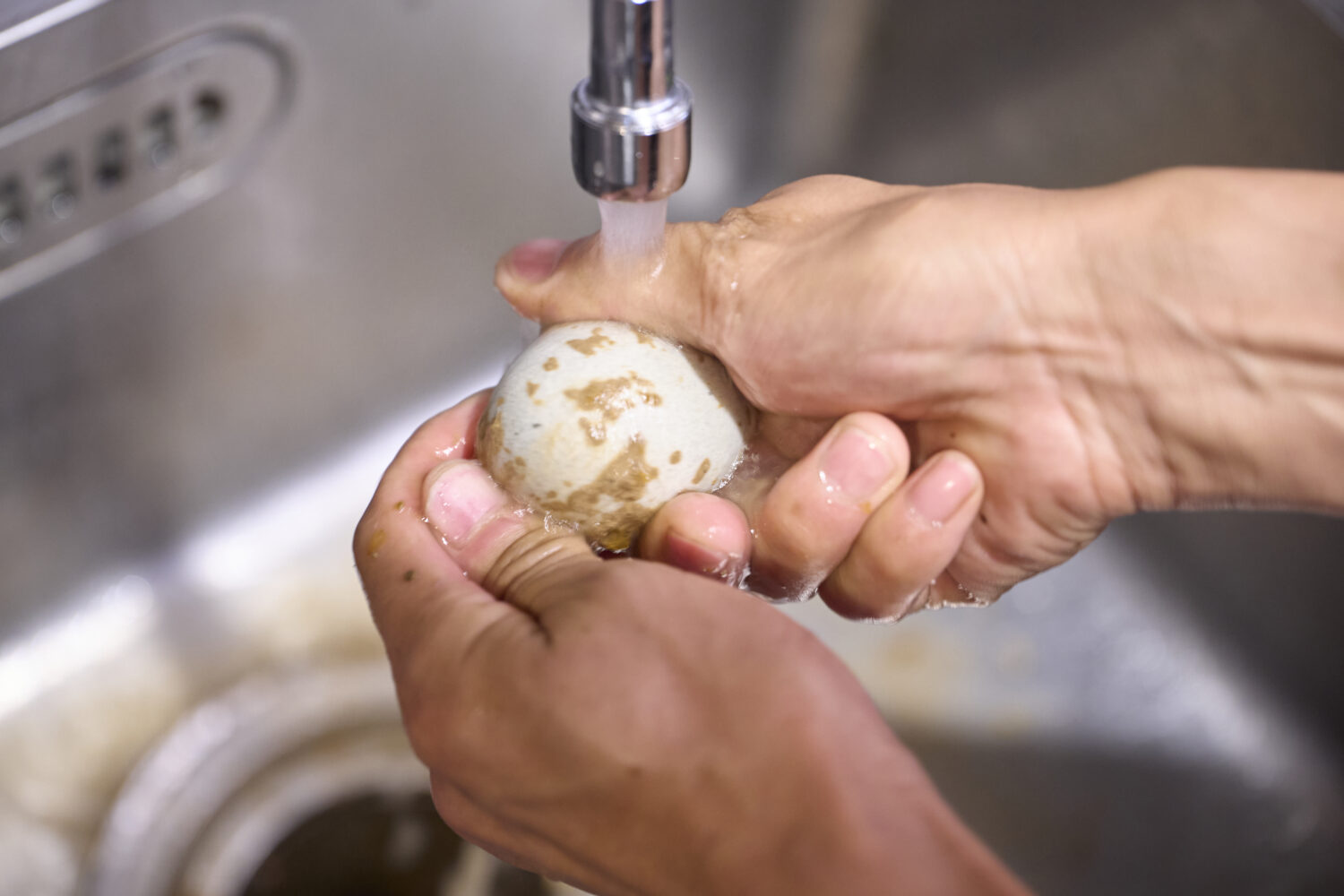
First, rinse the eggs under water to wash off the clay and rice husks stuck to the shell.
Peeling the Shell

Now, go ahead and peel off the shell.
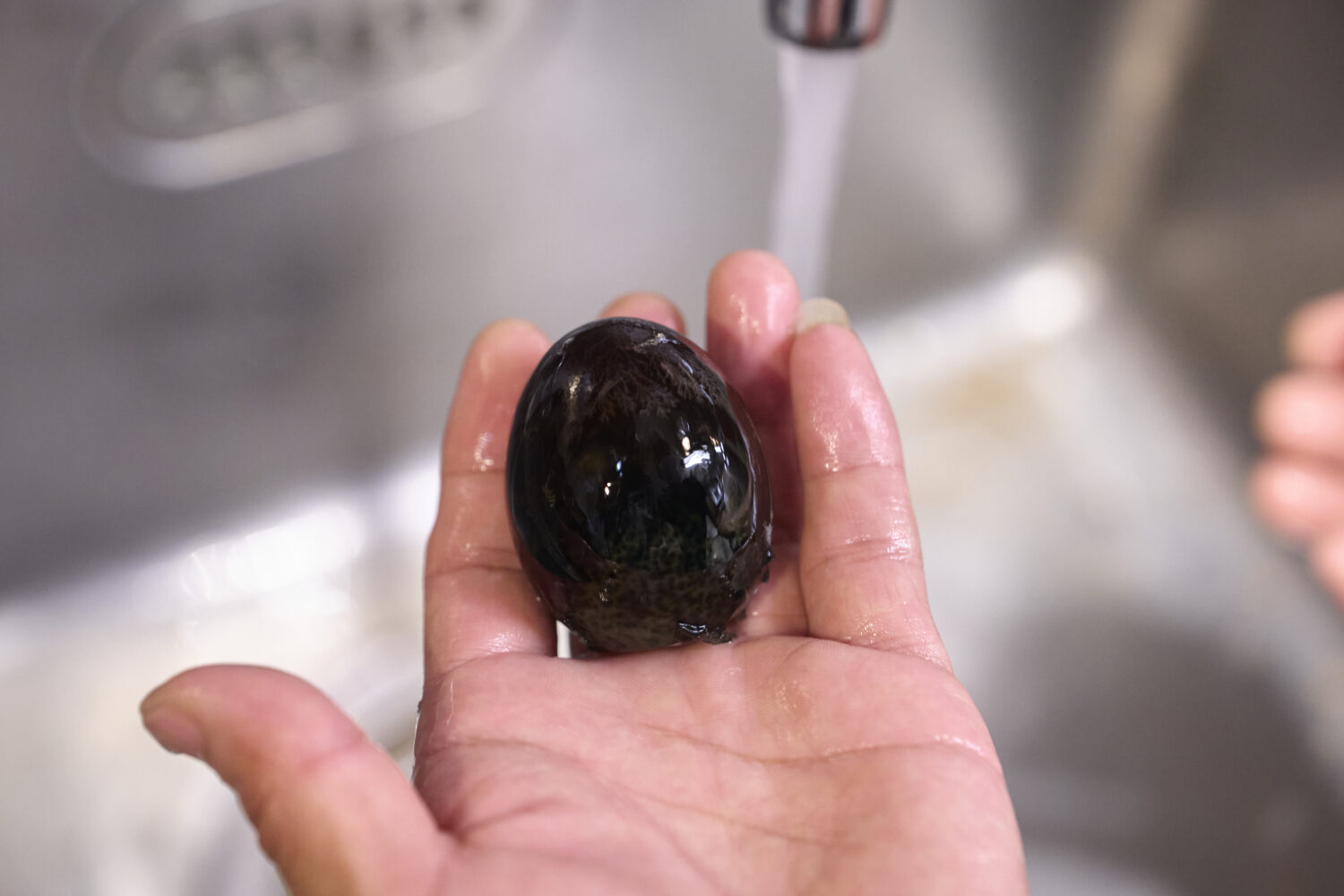
It peels off smoothly, just like a boiled egg.
Cutting into Bite-Sized Pieces
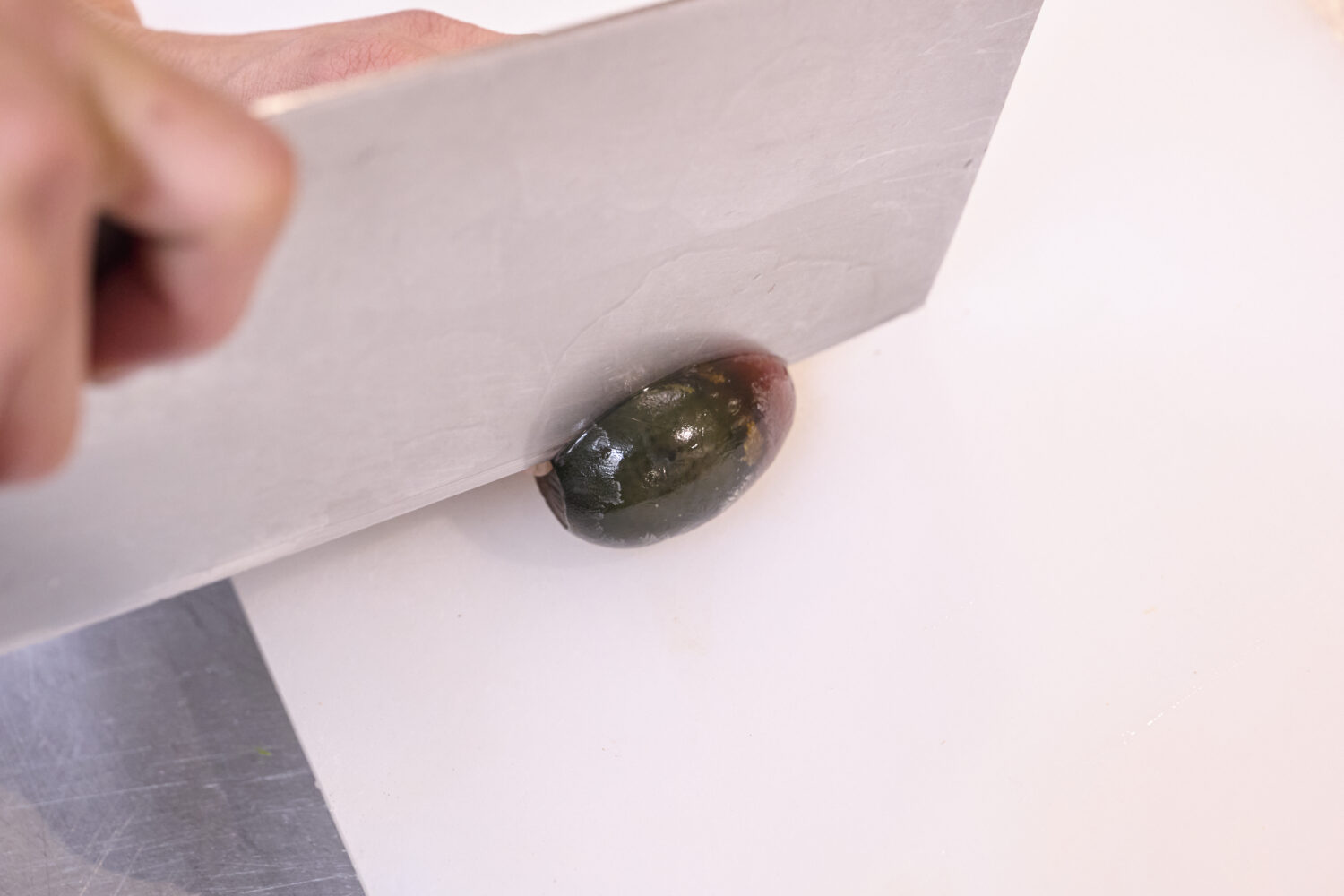
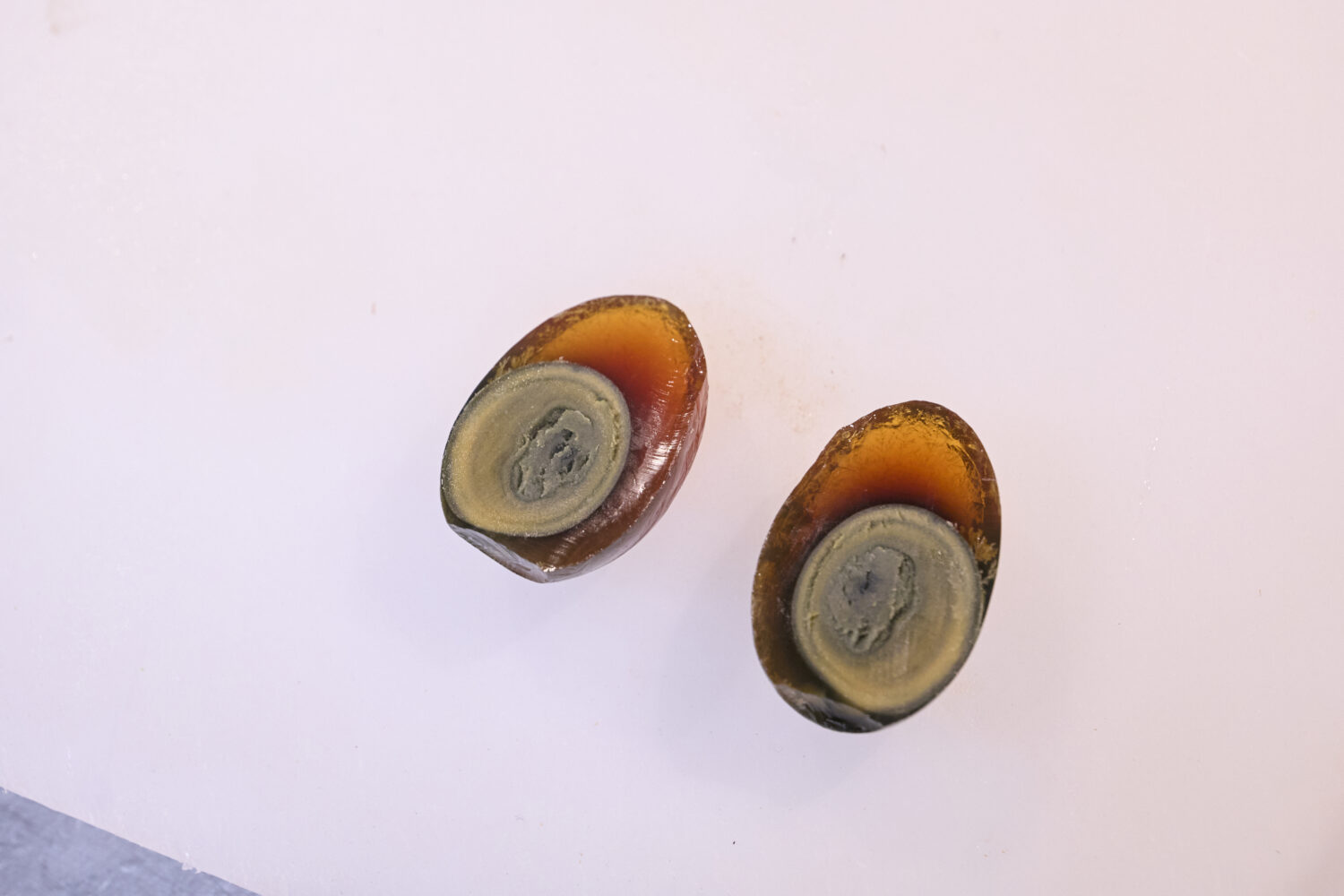
Next, cut the egg into bite-sized pieces. This time, we asked the restaurant staff to use a deba knife. This technique requires professional skill, as regular kitchen knives can make a mess. Just like cutting boiled eggs neatly, using sewing thread is also a great tip!
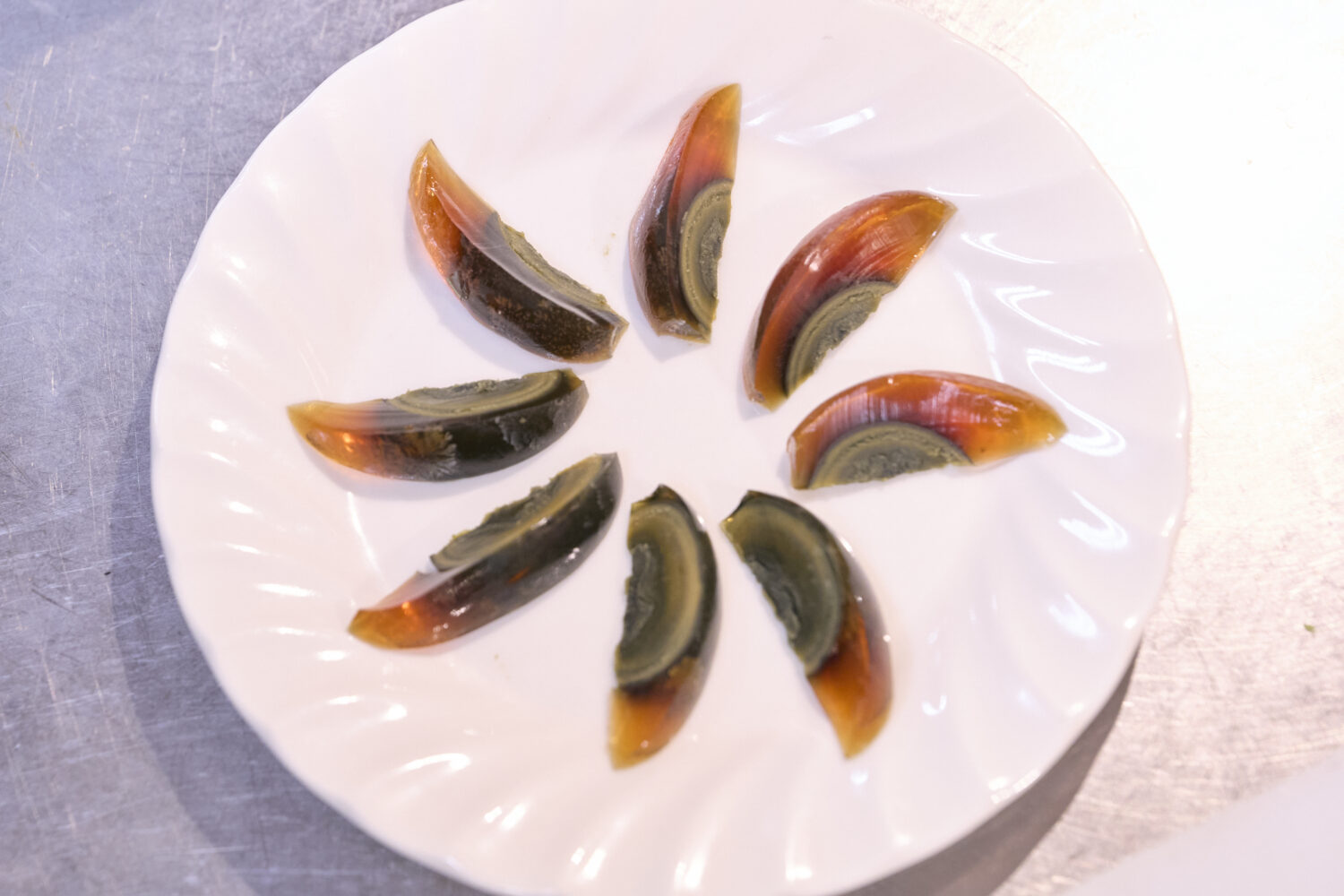
About eight pieces per egg is ideal!
Seasoning
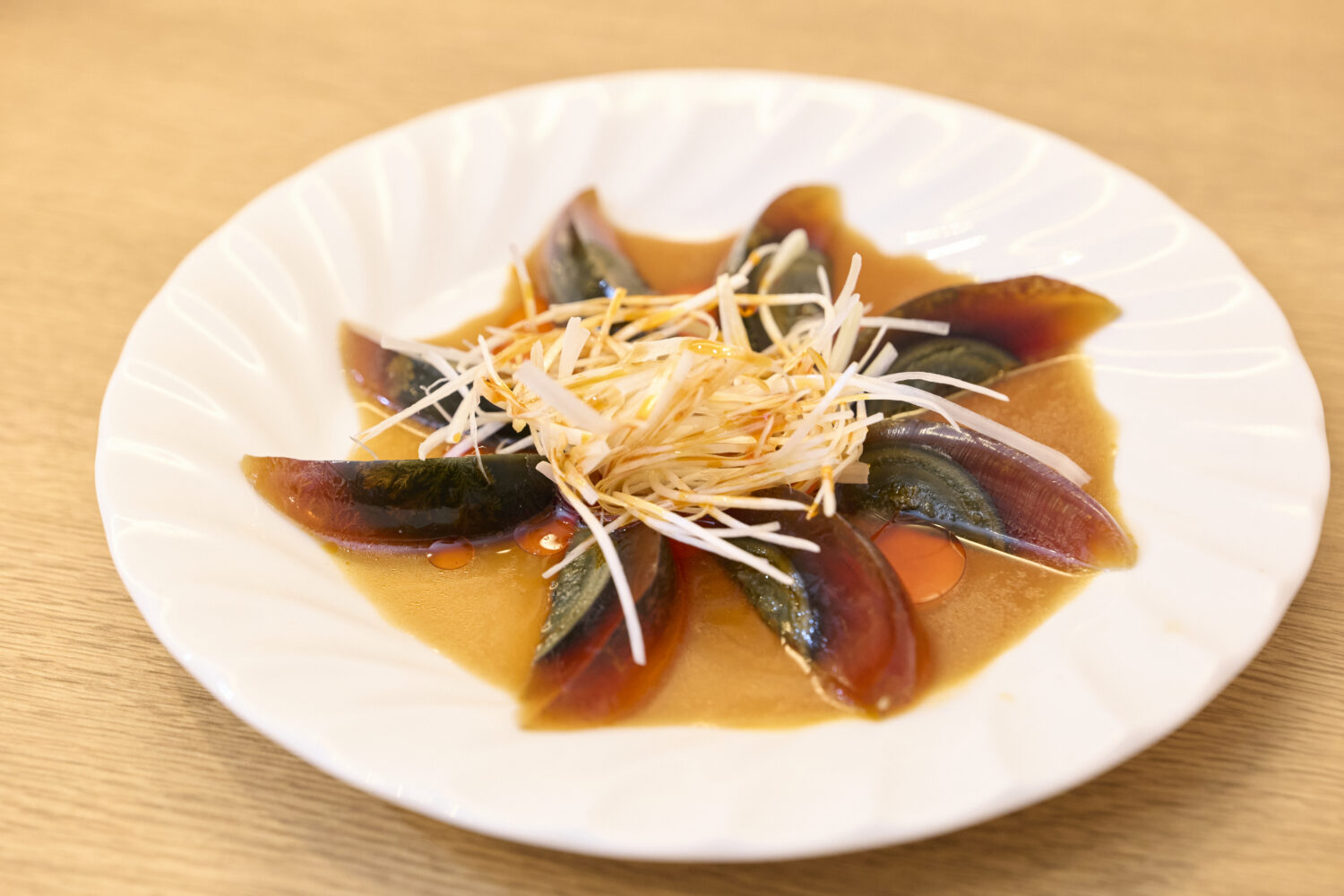
Season it however you like, and it’s ready to eat! At “Ichimi Reirei,” they top it with vinegar soy sauce, chili oil, and shredded white scallions.
Century eggs are delicious as-is, but they’re often served in rice porridge or soup at restaurants. Since the taste is still very much that of an egg, they also go great with rice or in fried rice dishes.
Century eggs are easy to find at supermarkets, so give them a try and enjoy cooking with them at home!
This restaurant offers authentic Chinese cuisine, staying true to traditional flavors while surprising even native Chinese diners with creative dishes like dumplings blended with over 30 different spices. With five locations across Tokyo and Yokohama, the brand is now focusing on bringing its flavors to homes through frozen dumplings. Special thanks to Gyoza Hyakuchin Ichimi Ringring, located near Tokyo Station’s Yaesu Exit, for their cooperation in the photo shoot.
*The information is based on the time of reporting or creation, and may differ from the current situation.
tags:
share:










